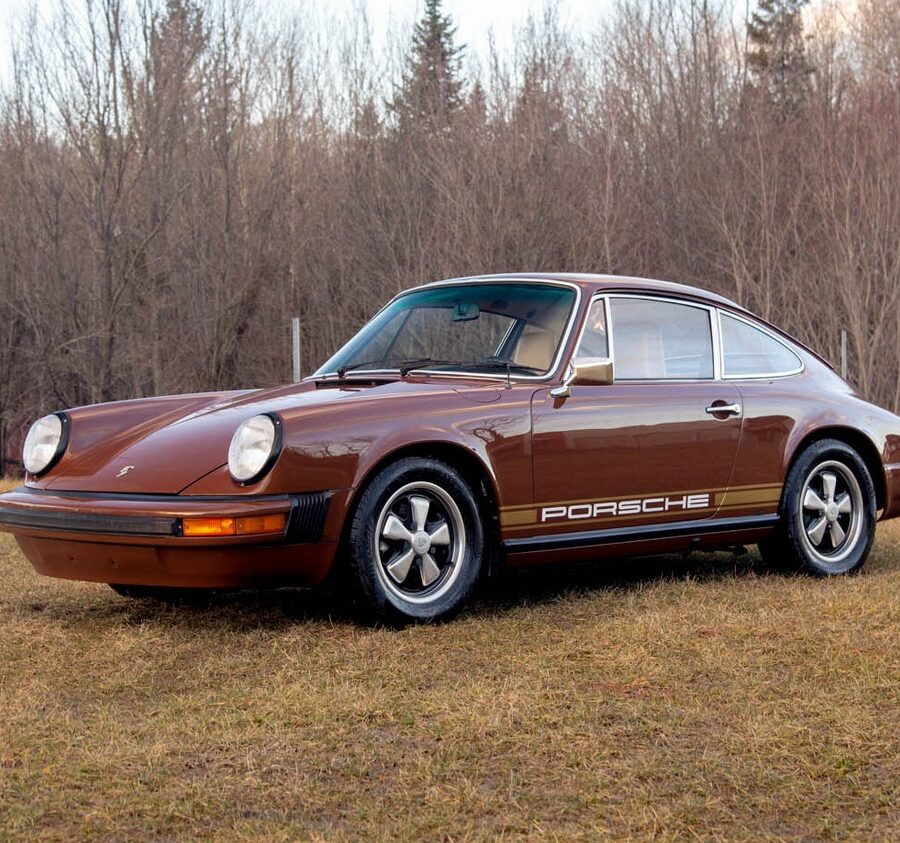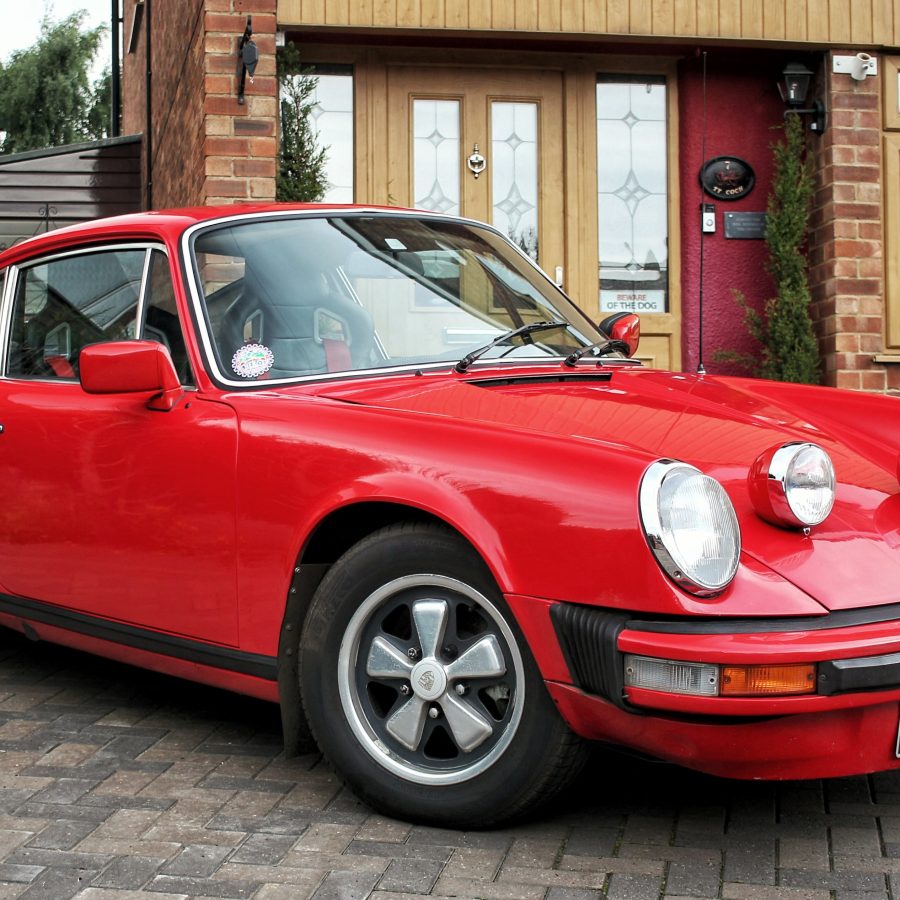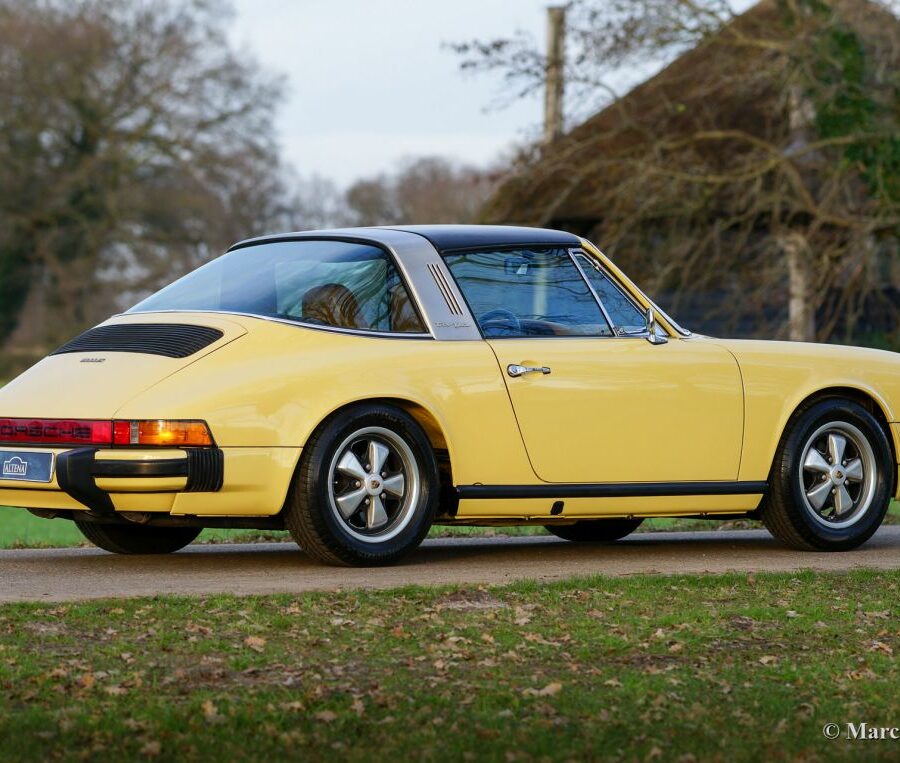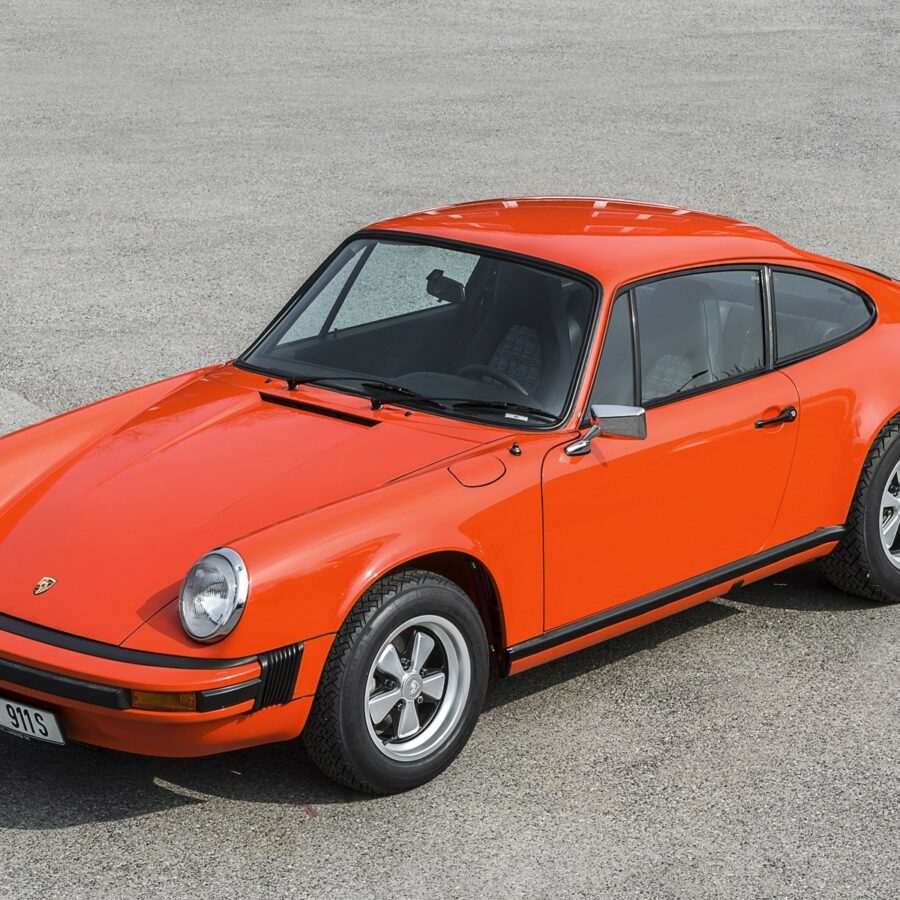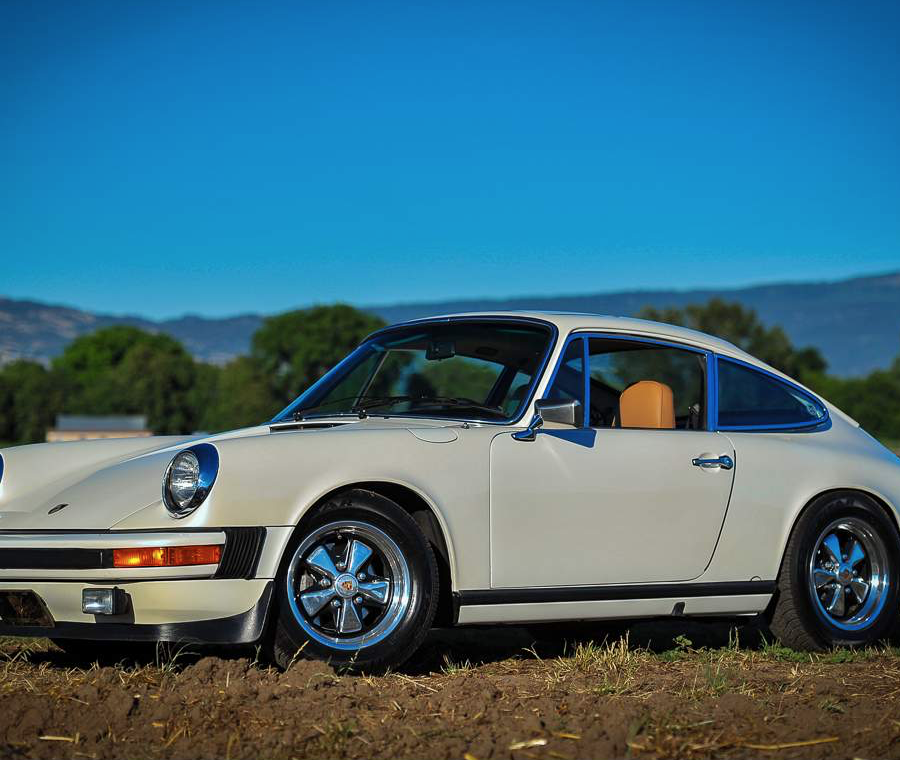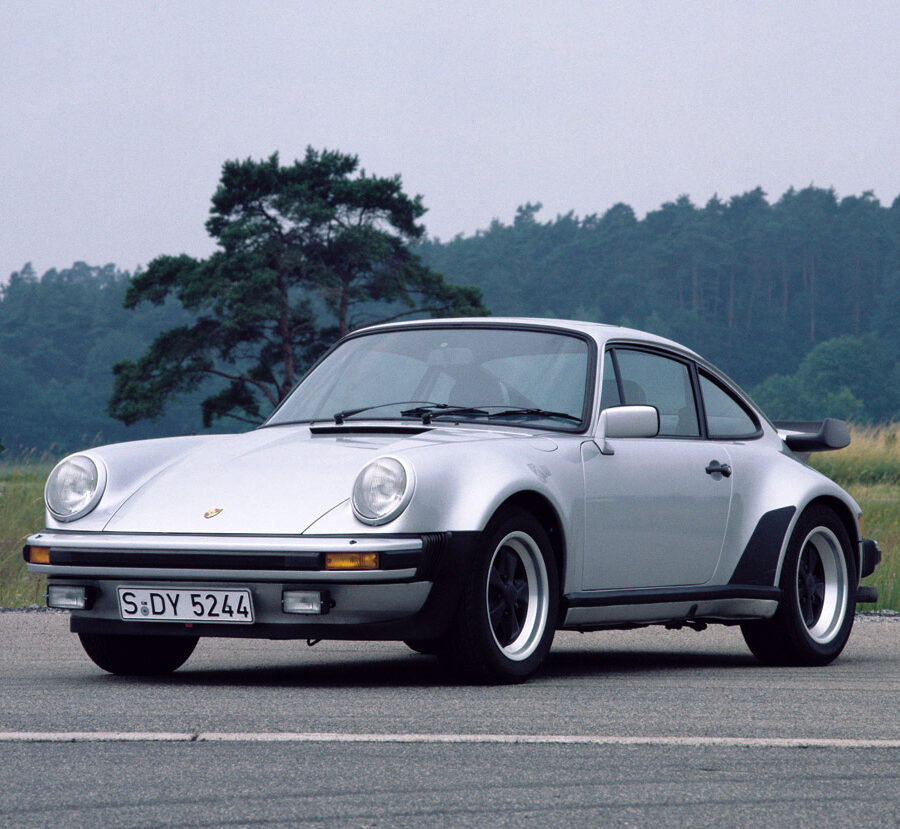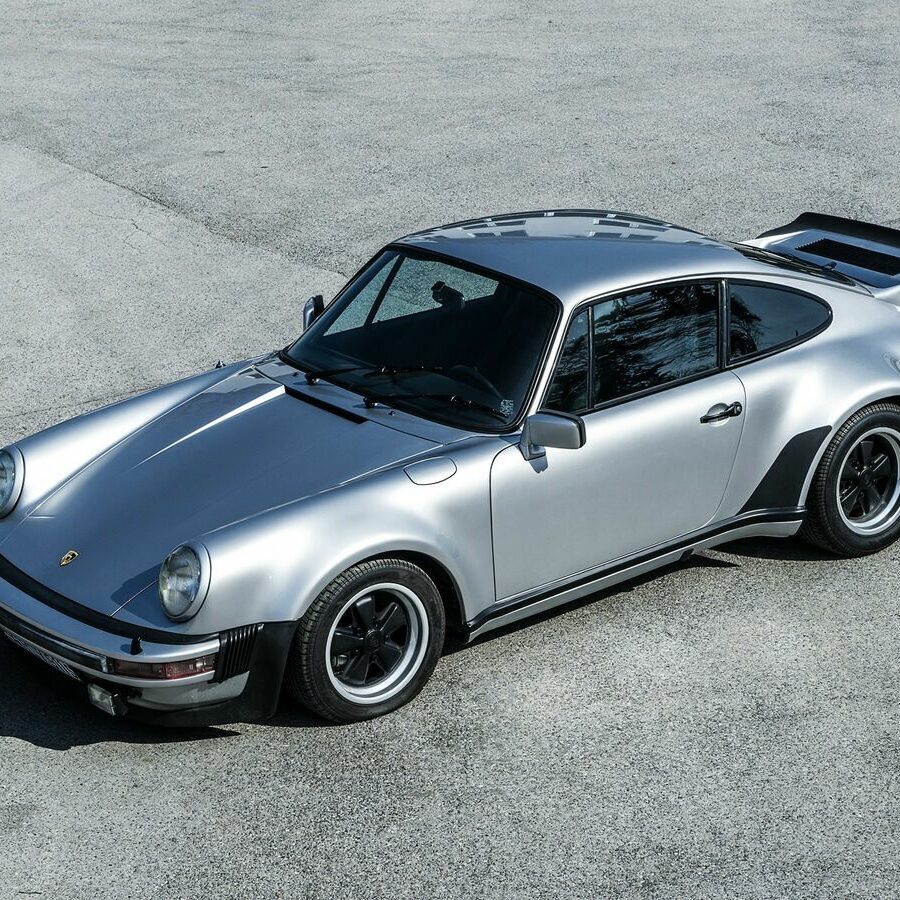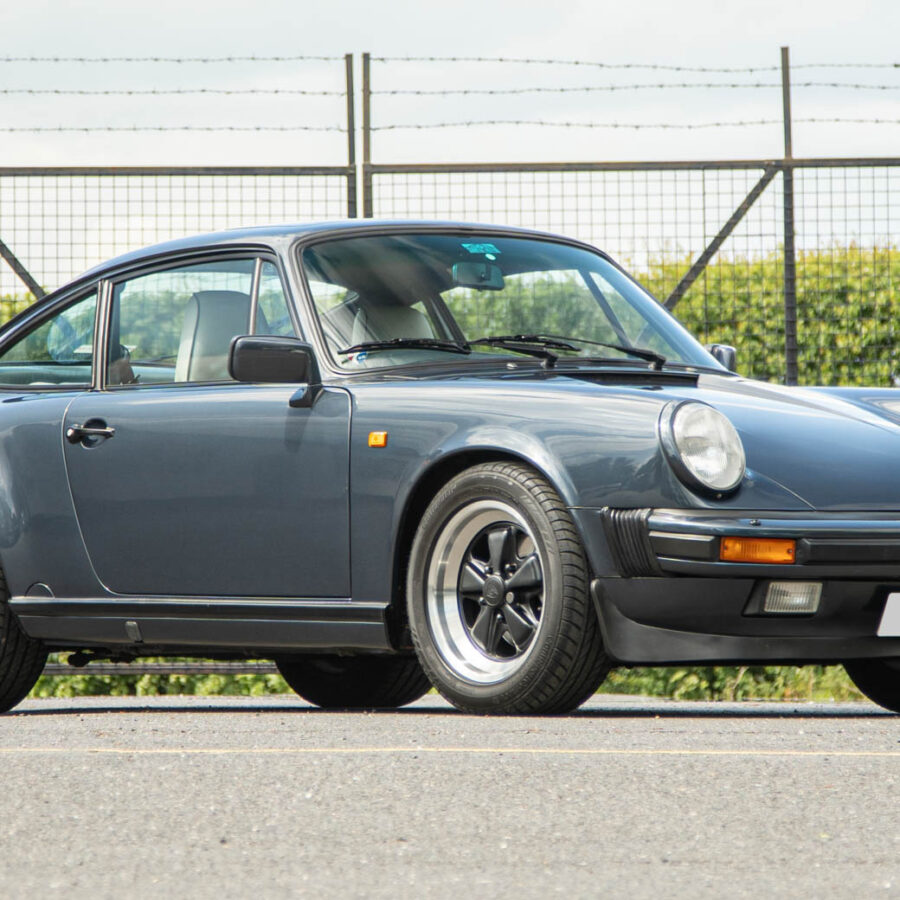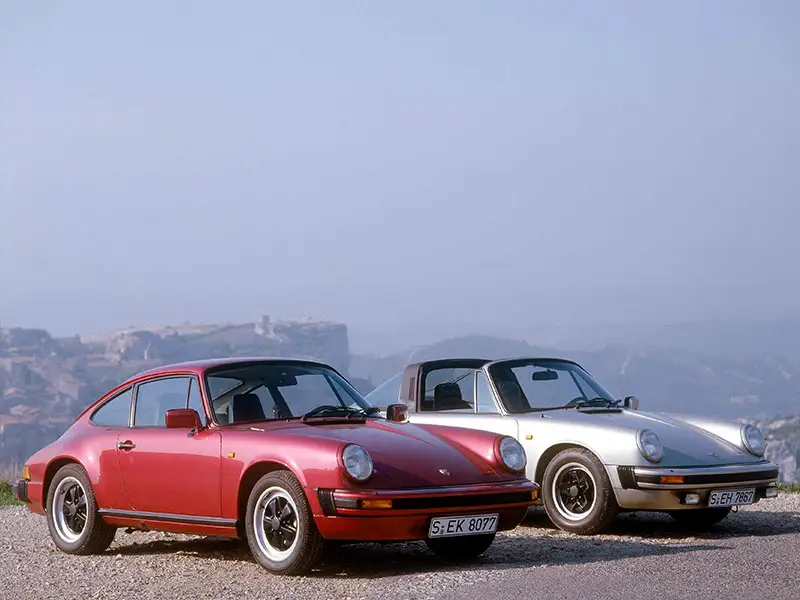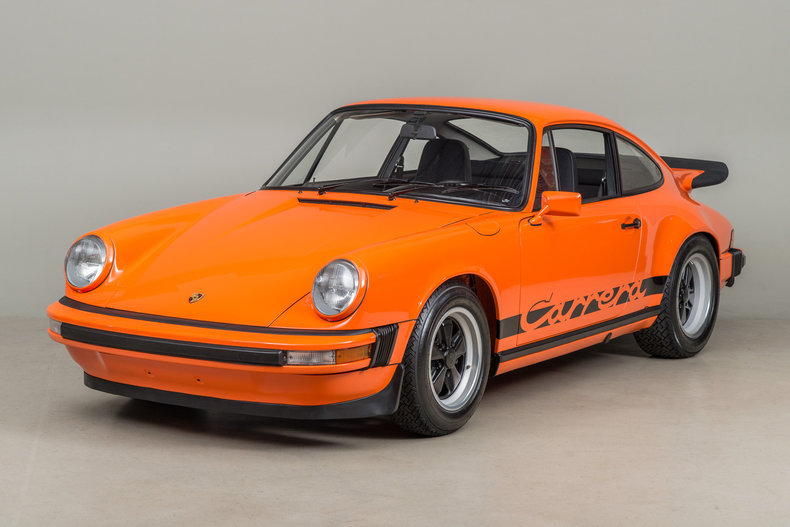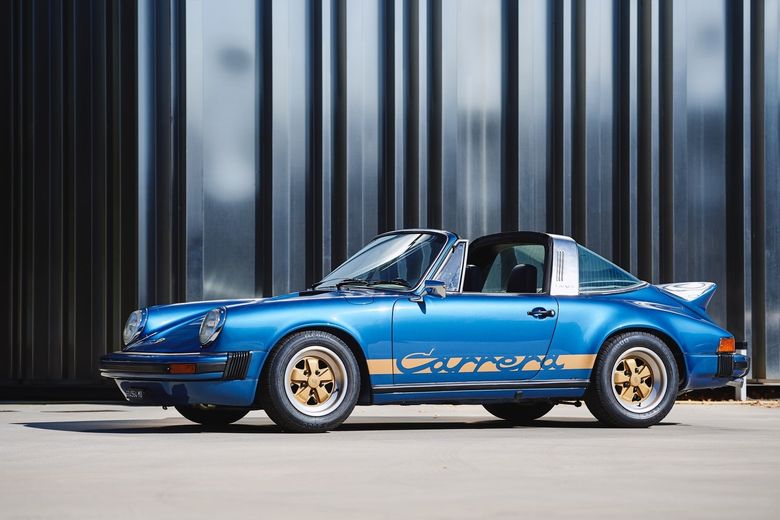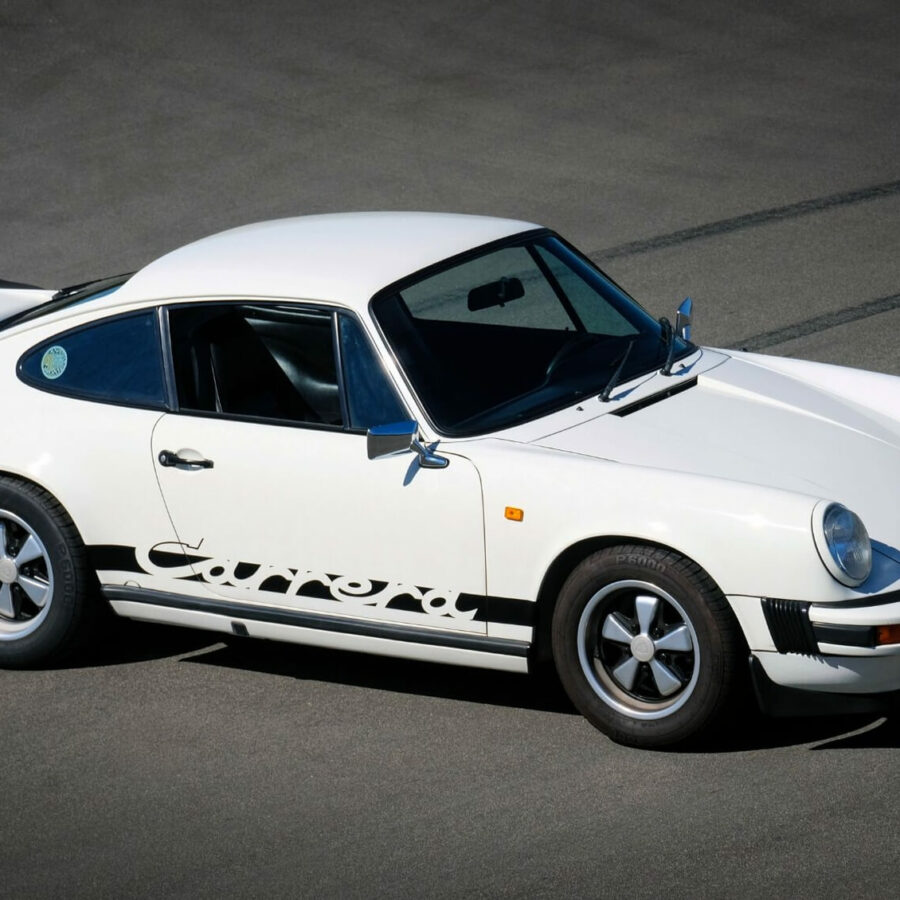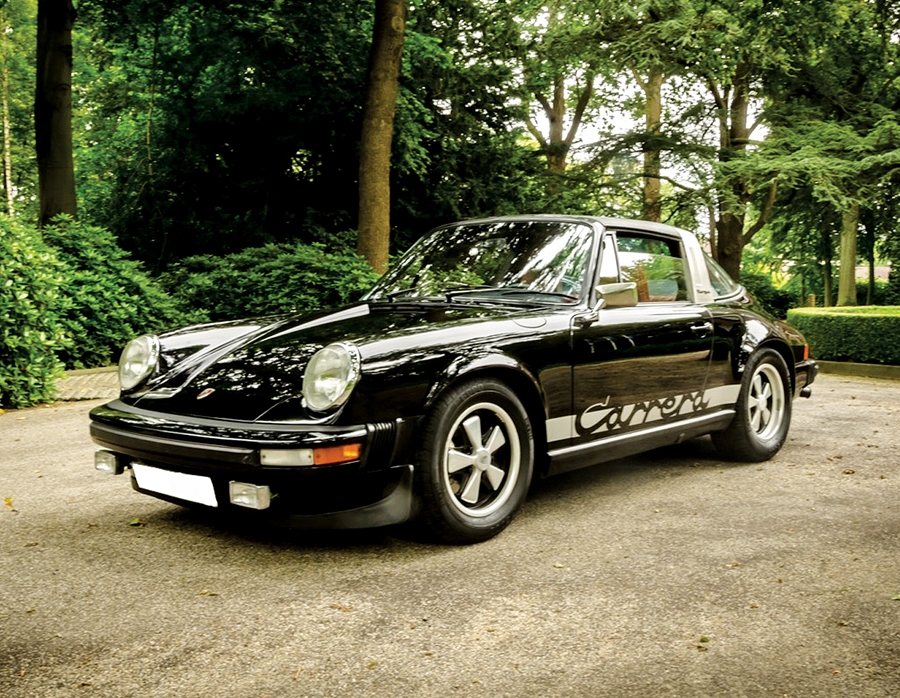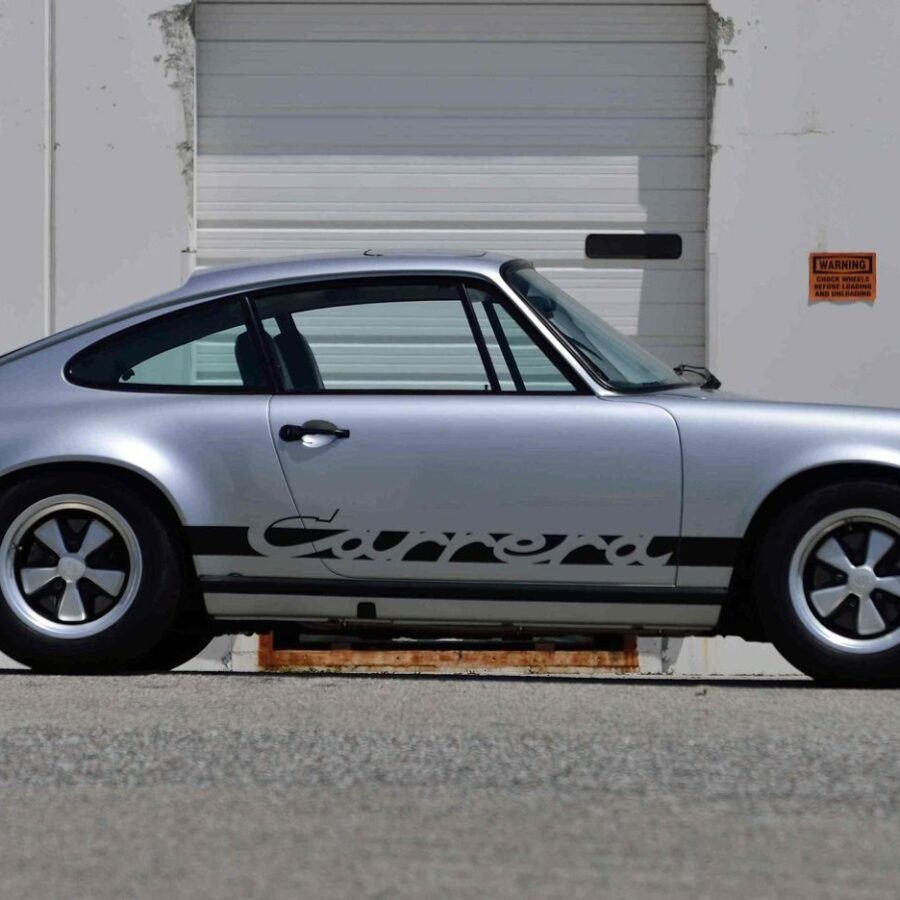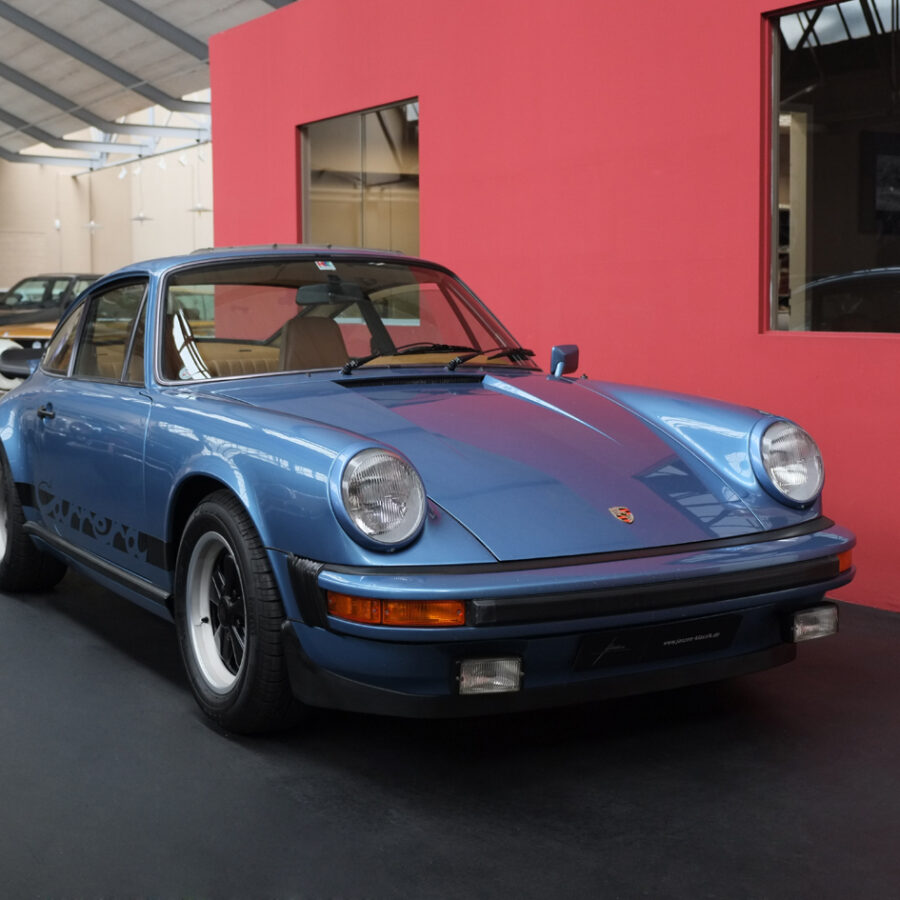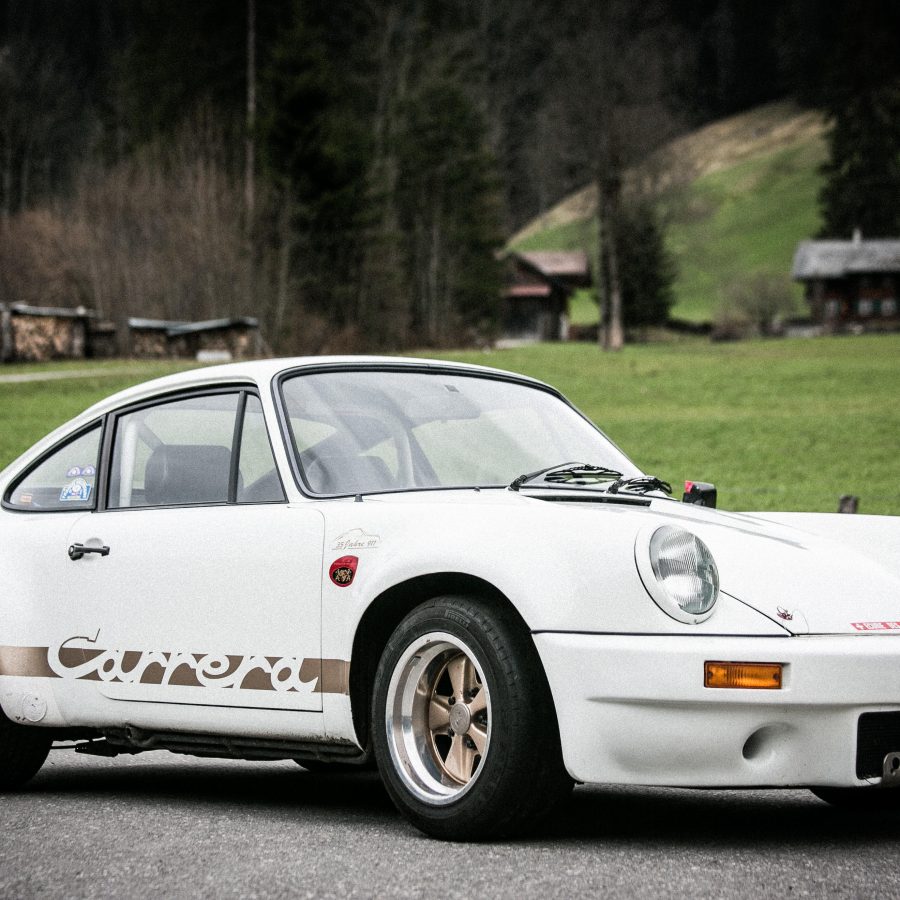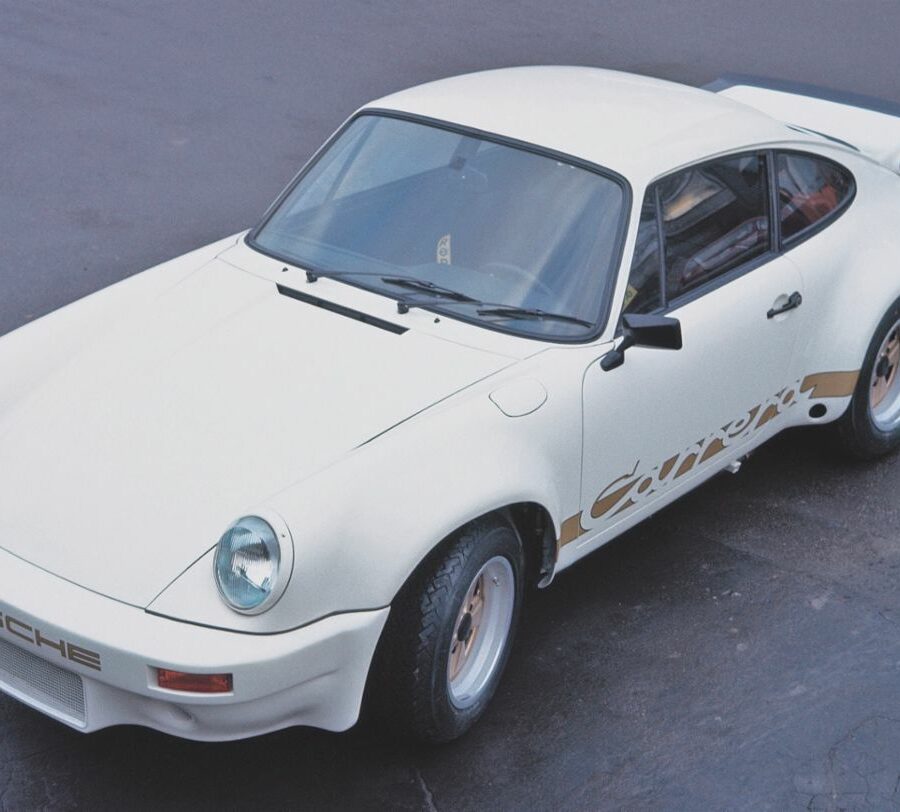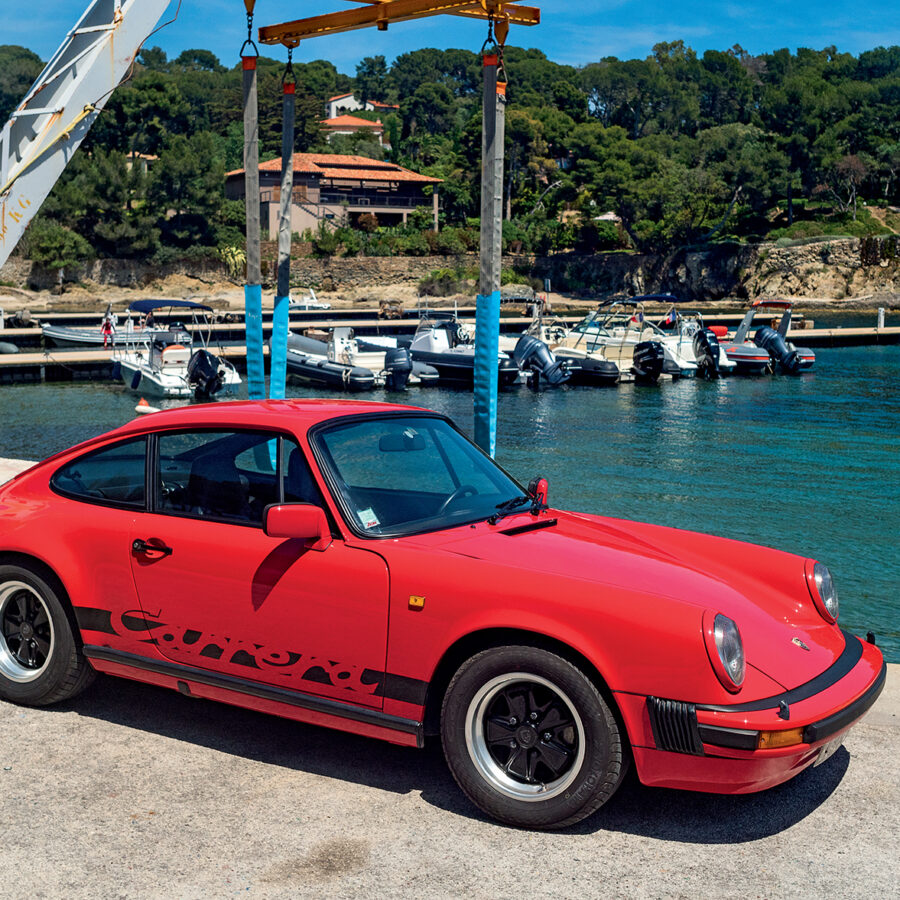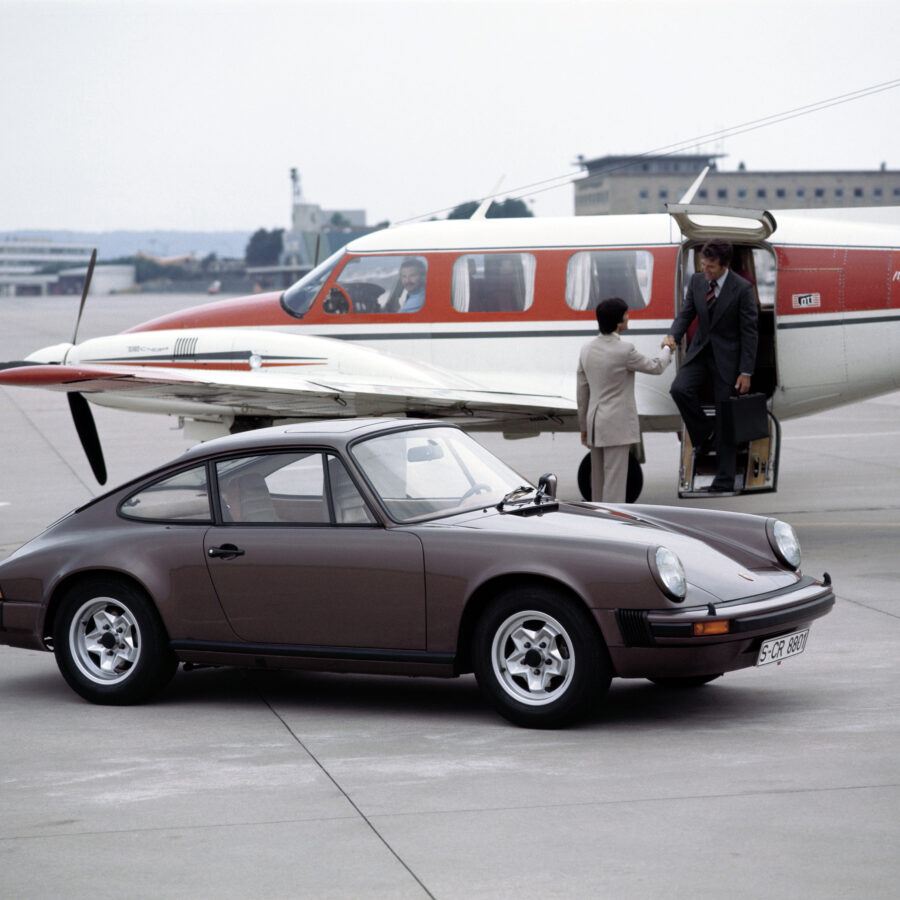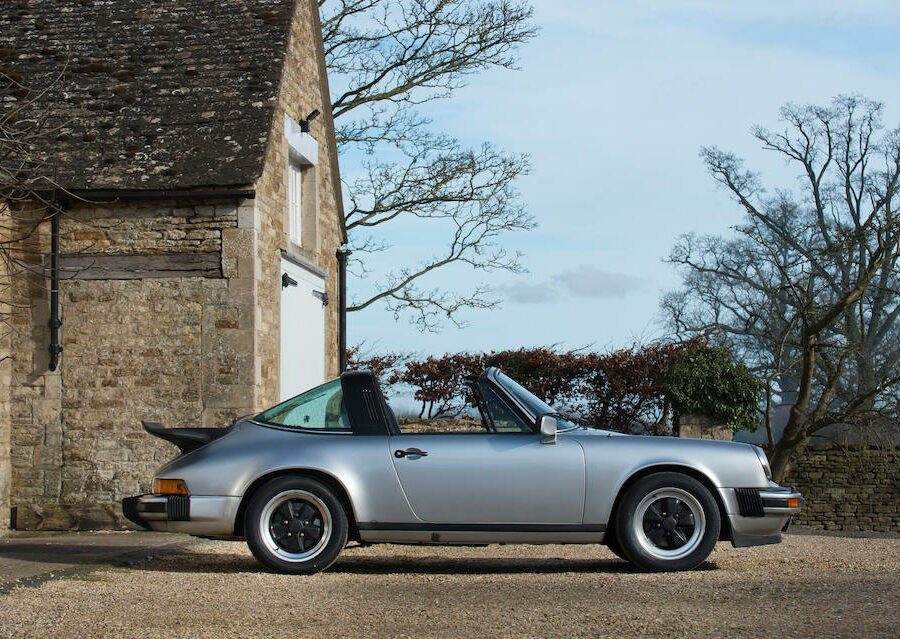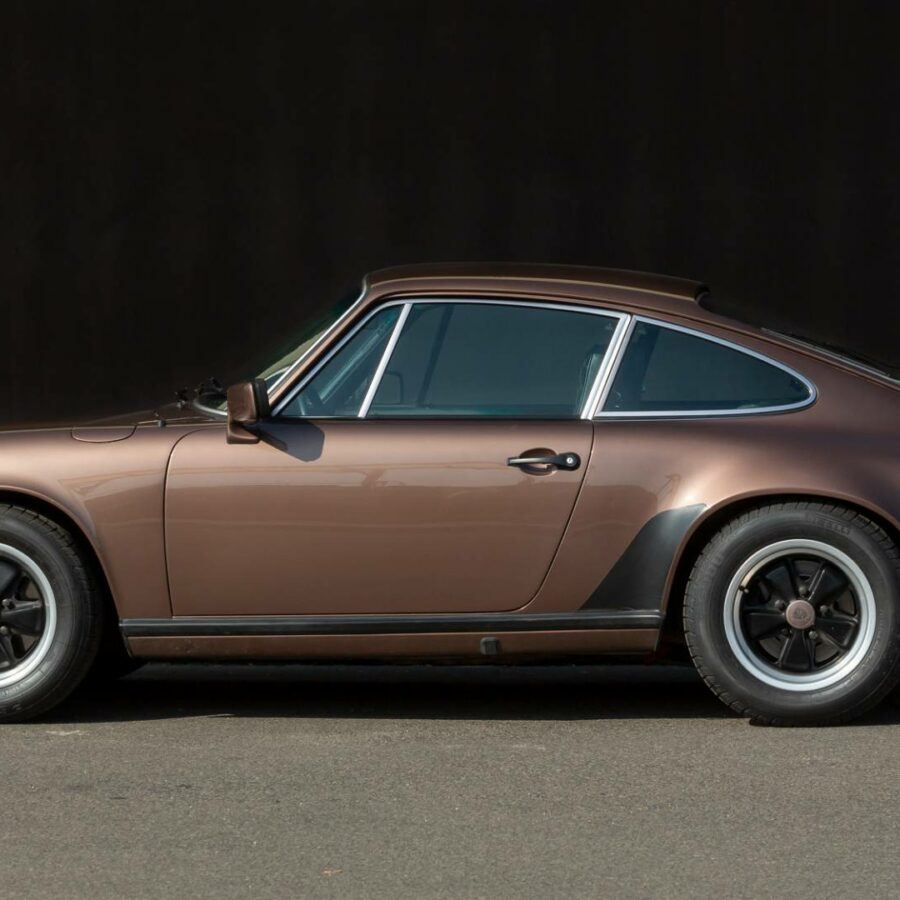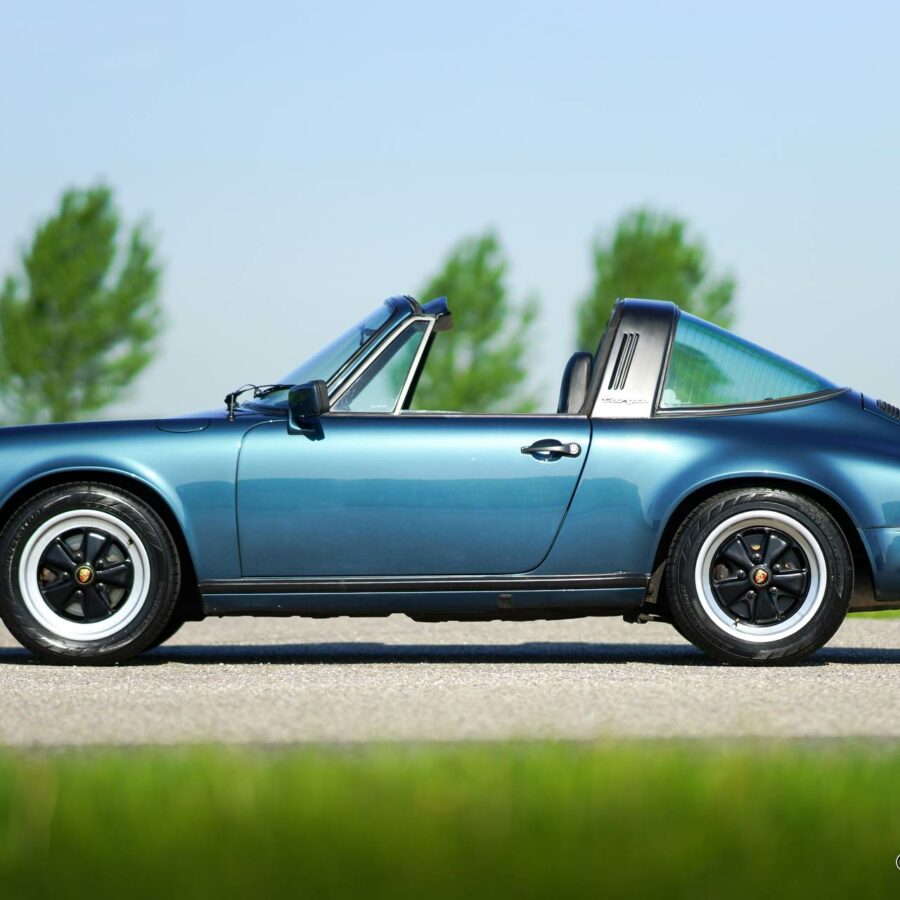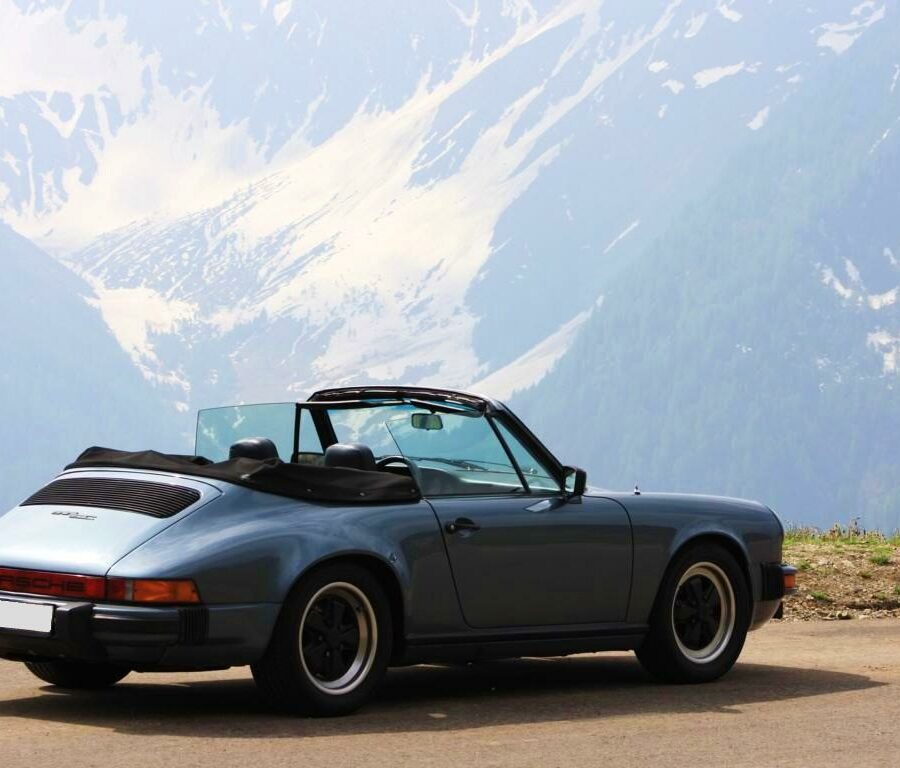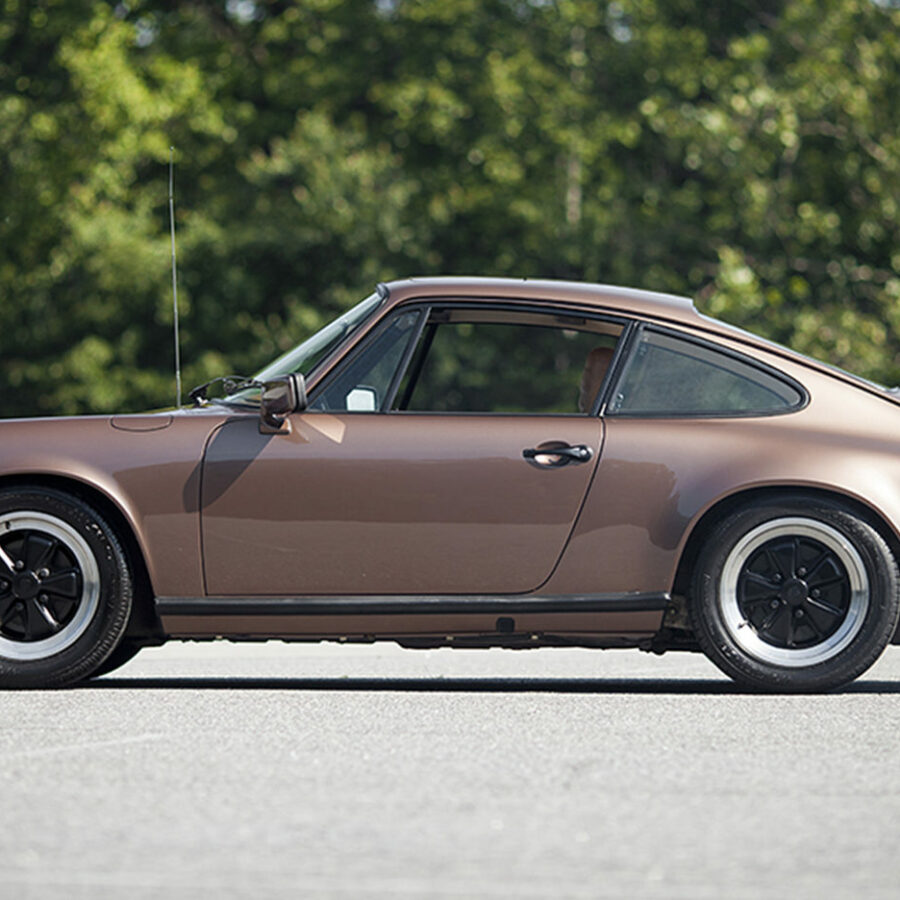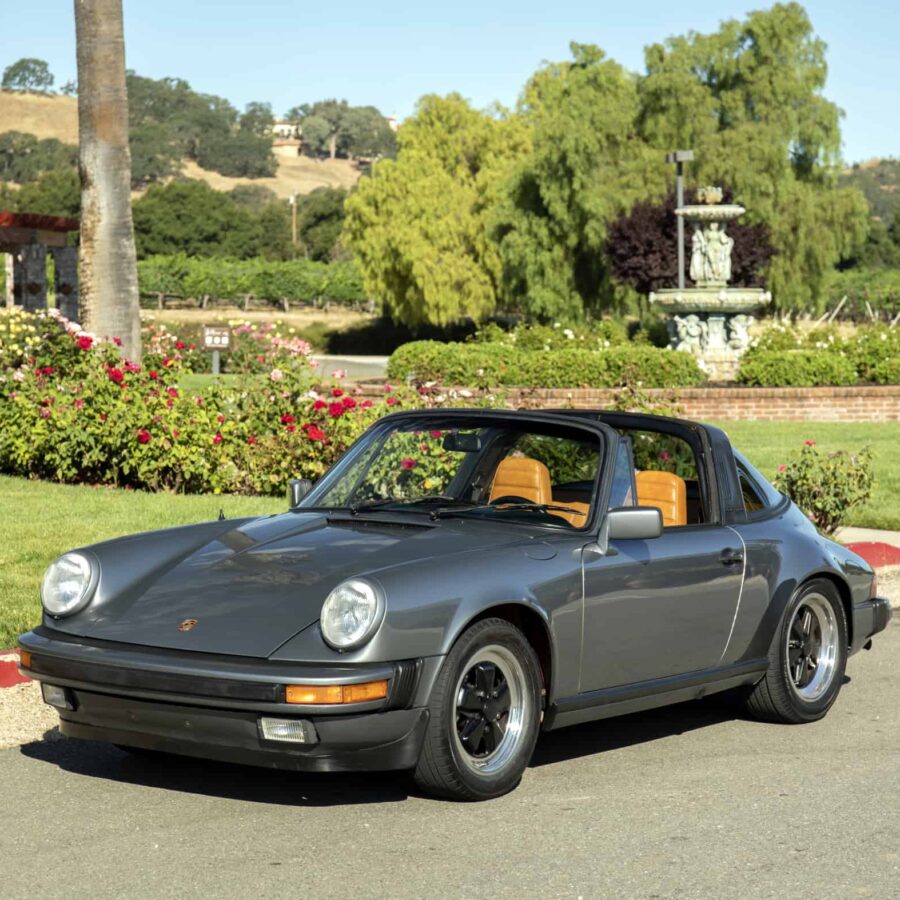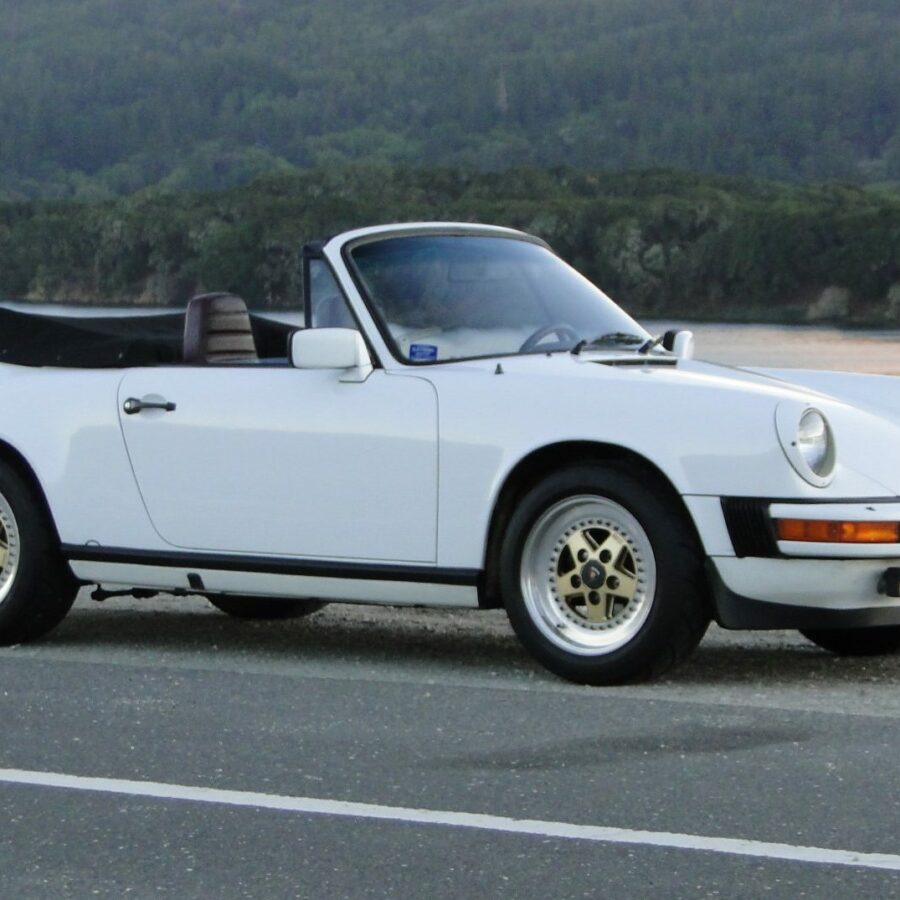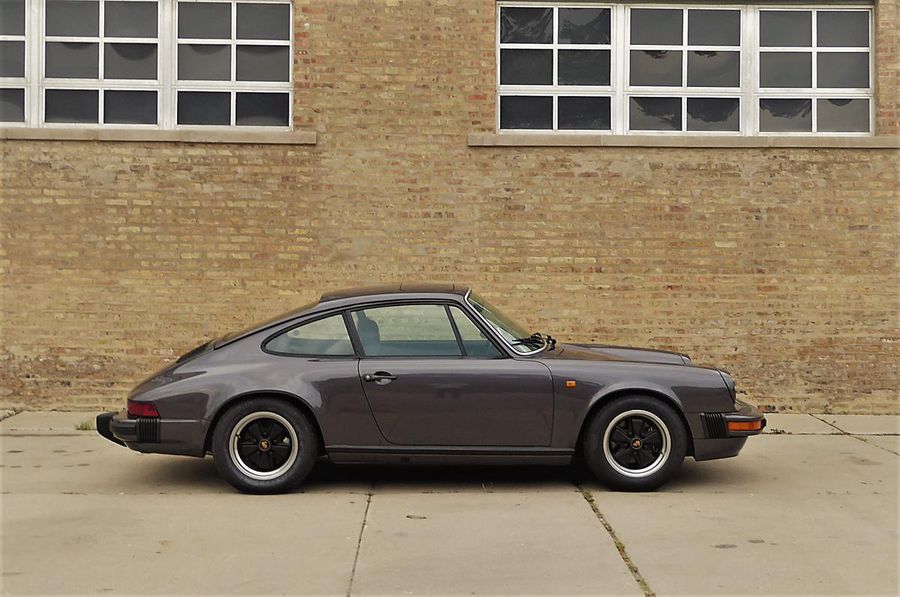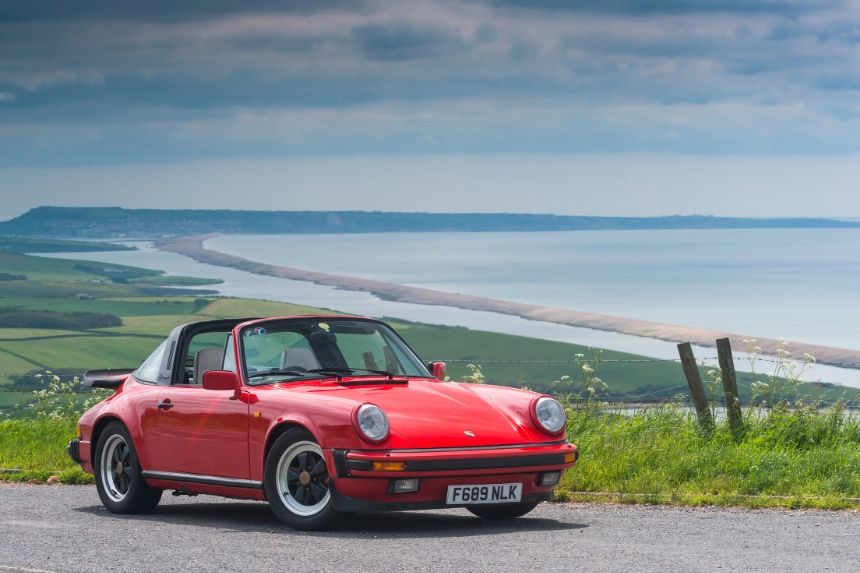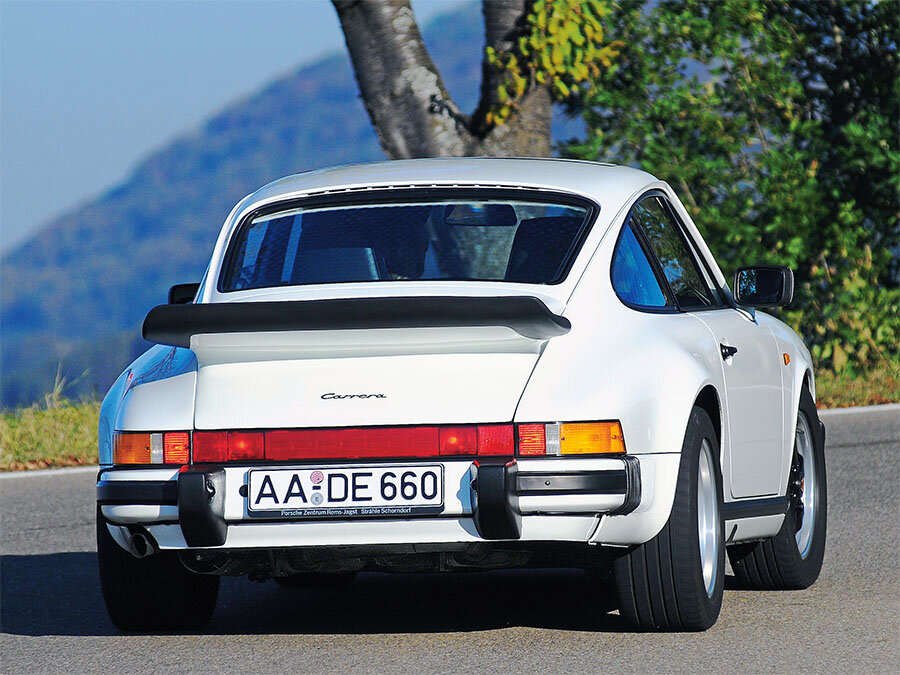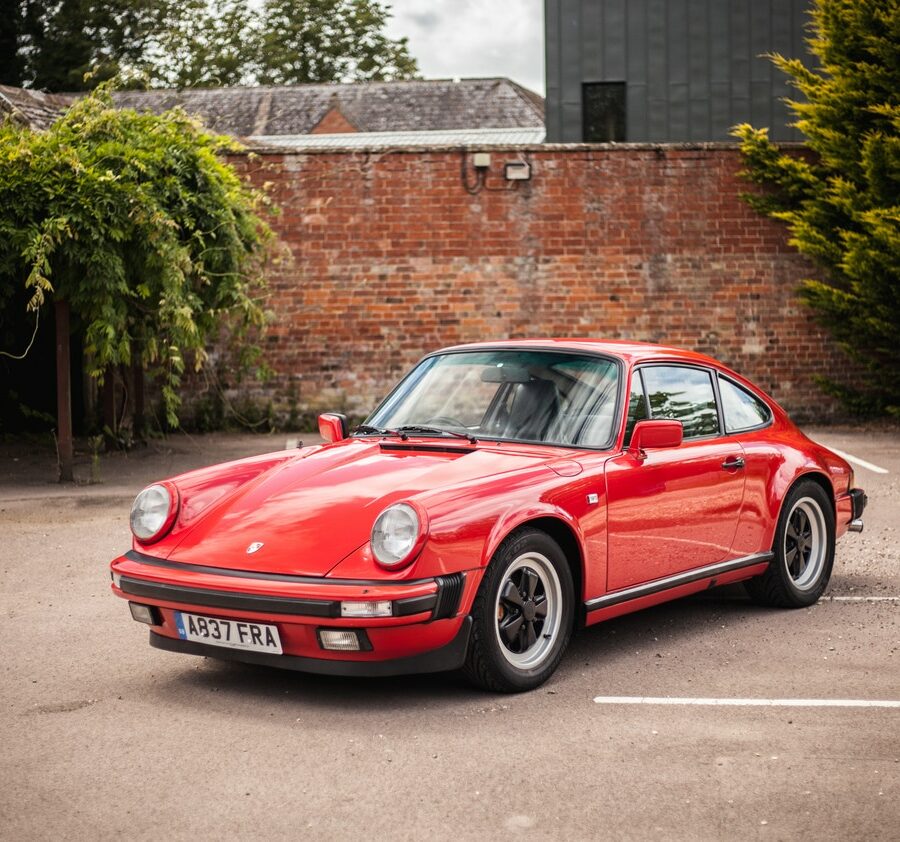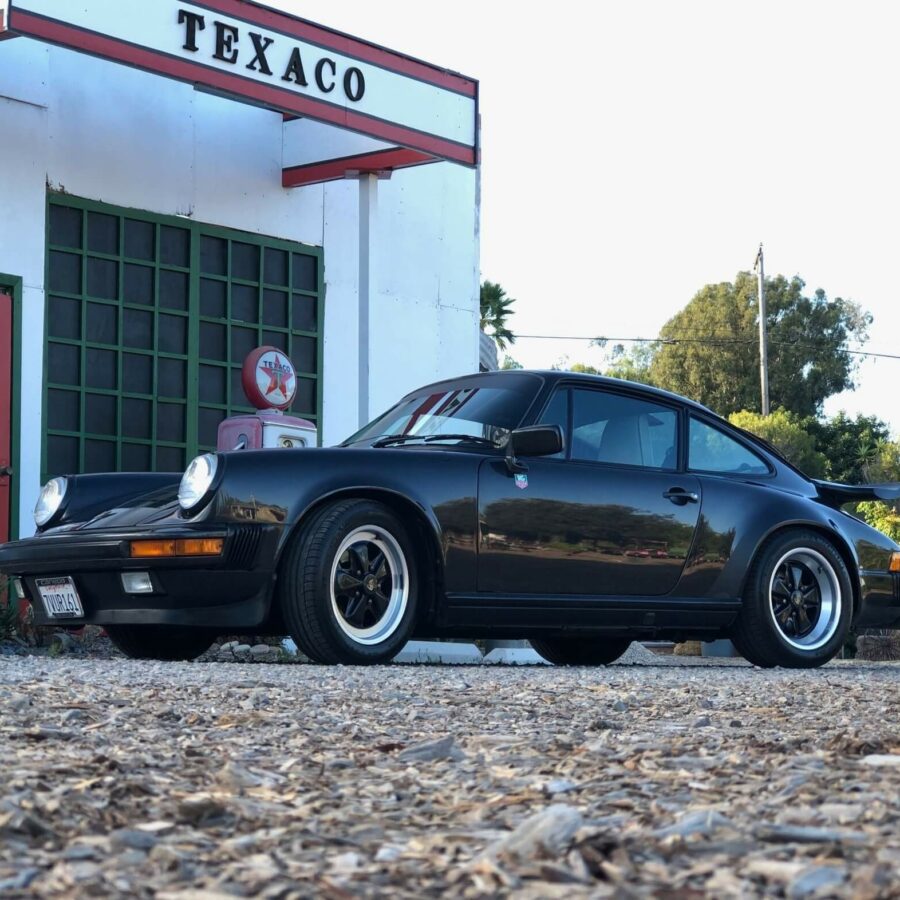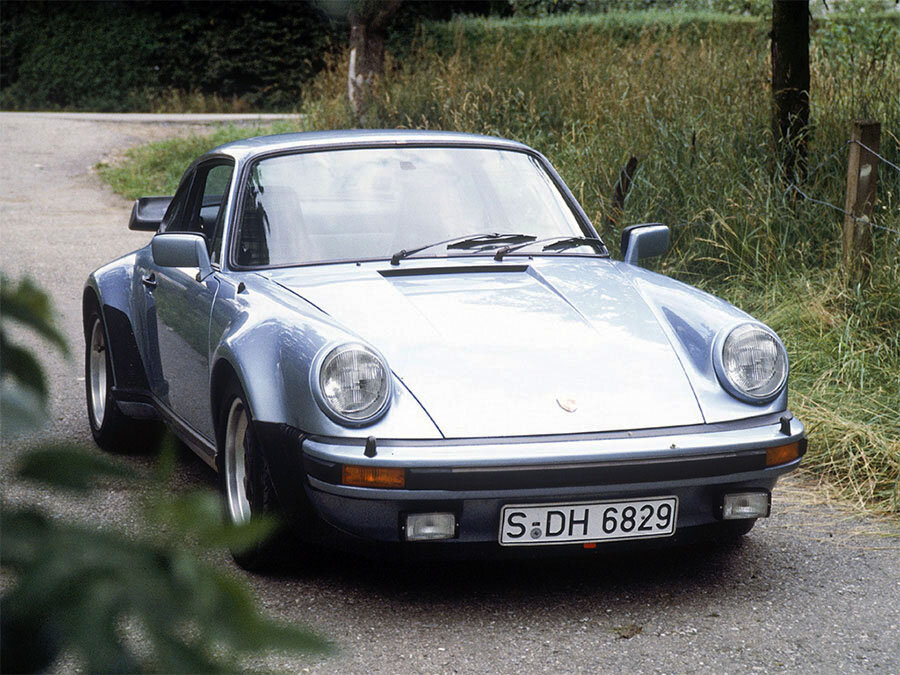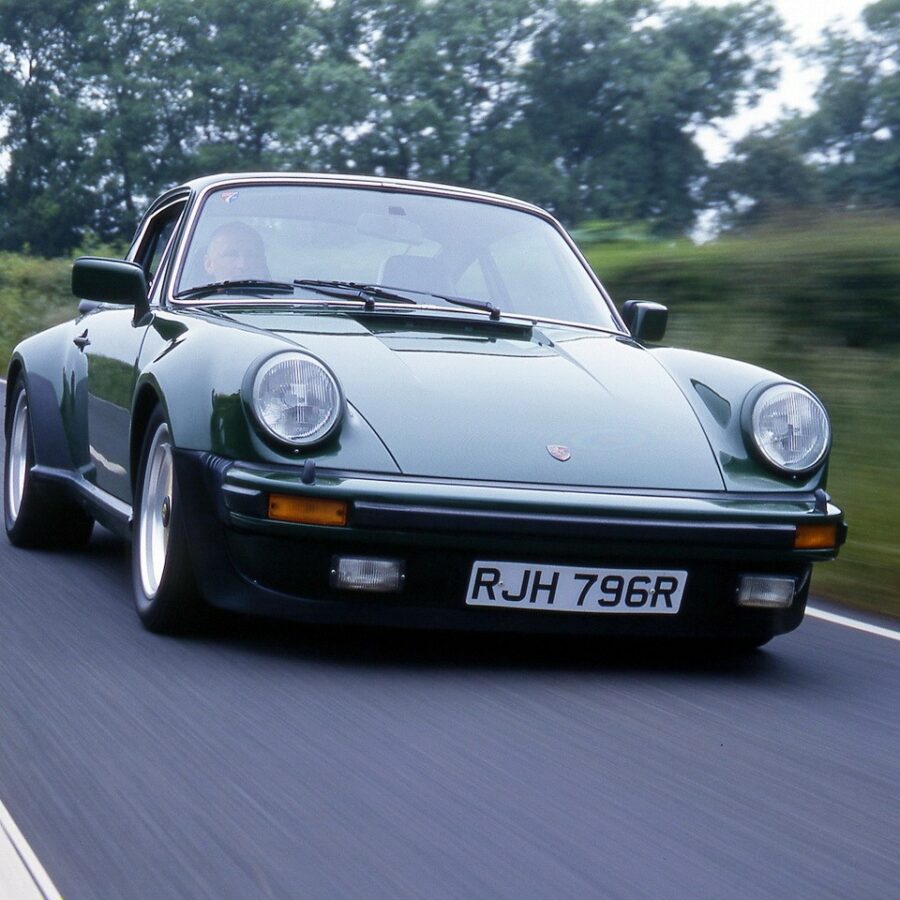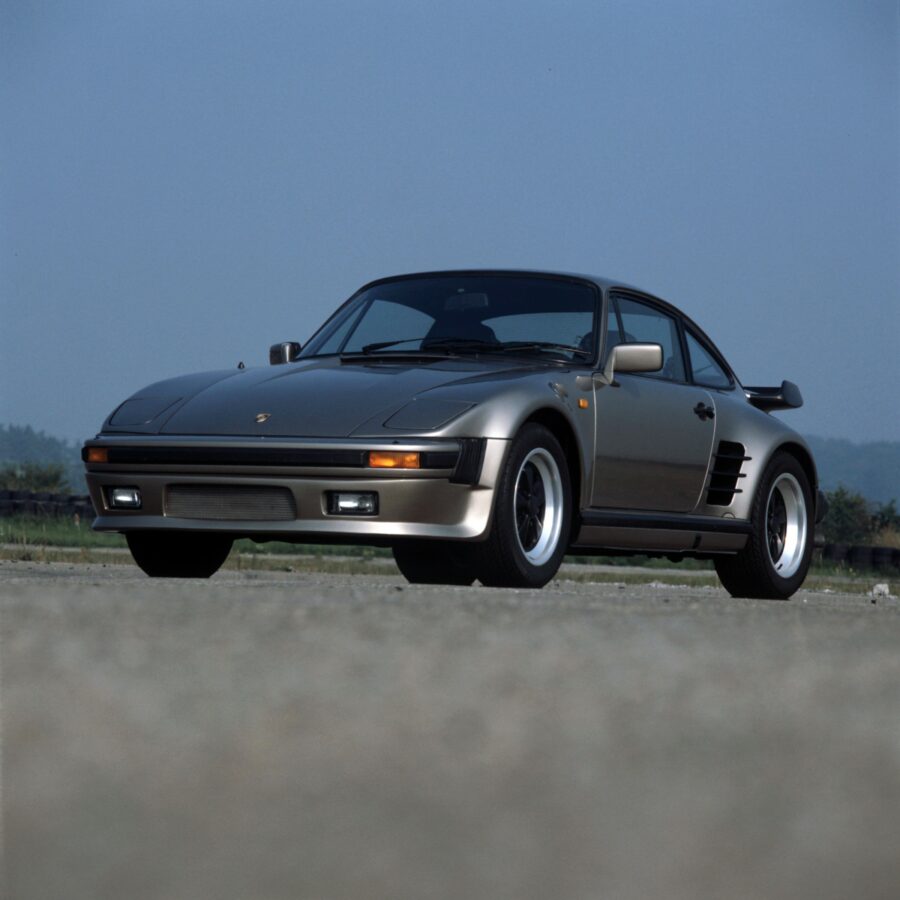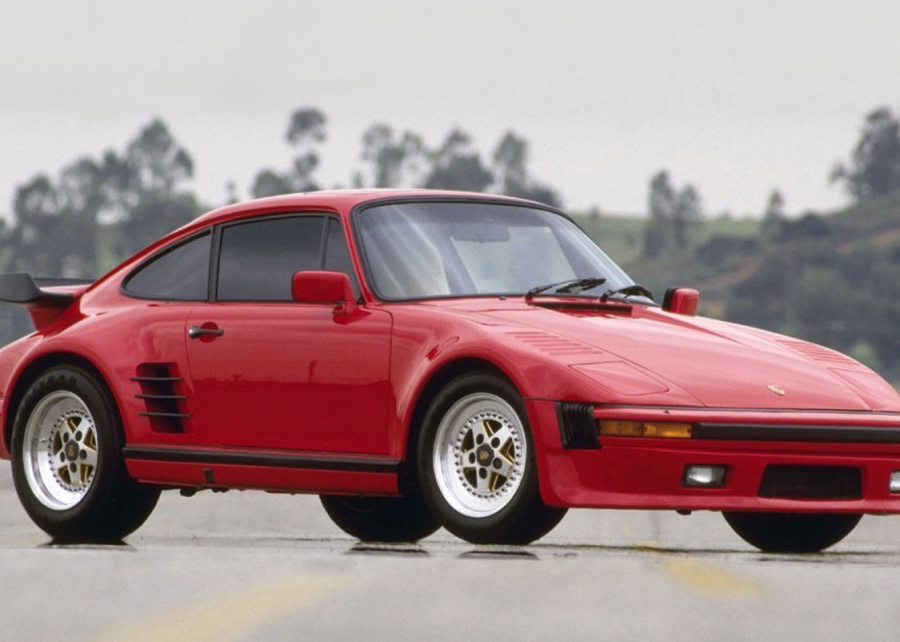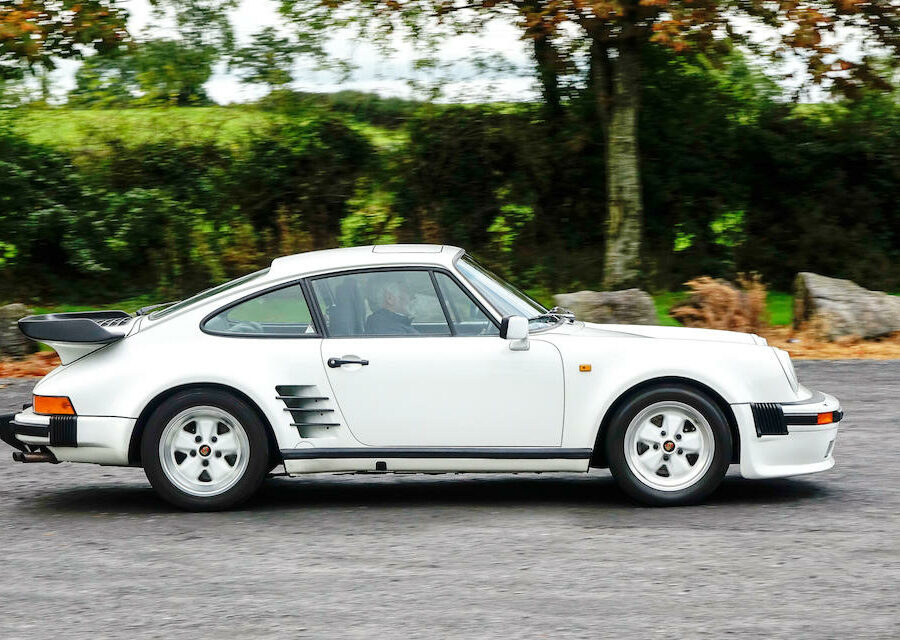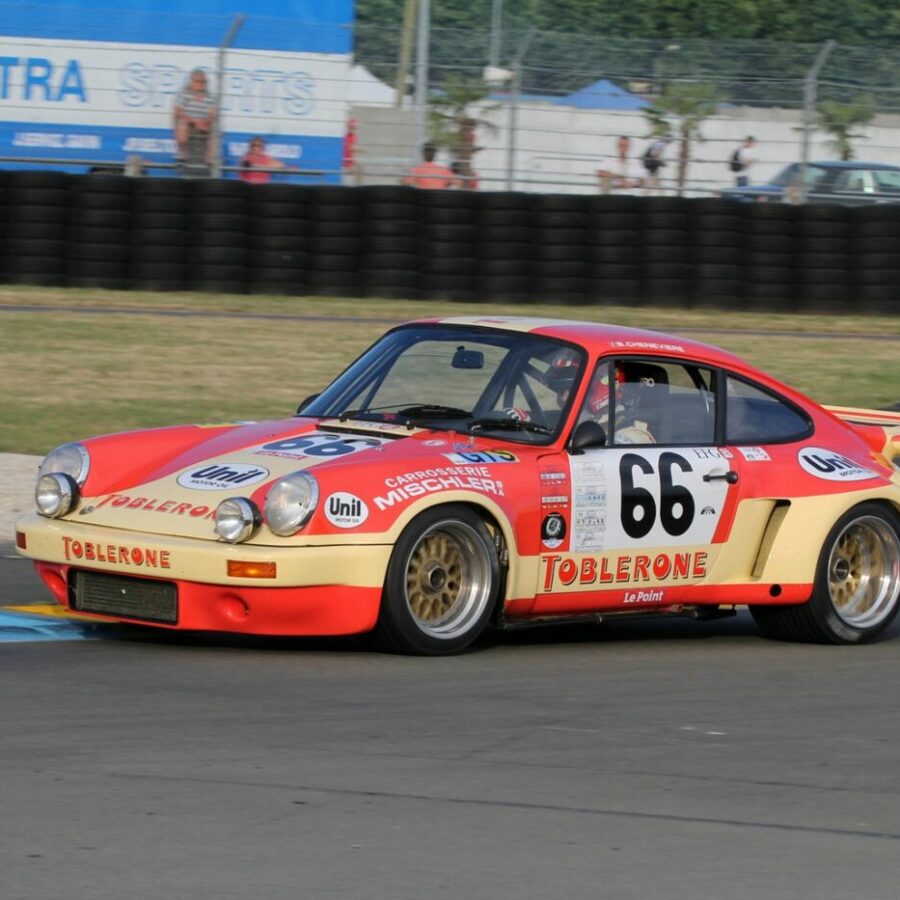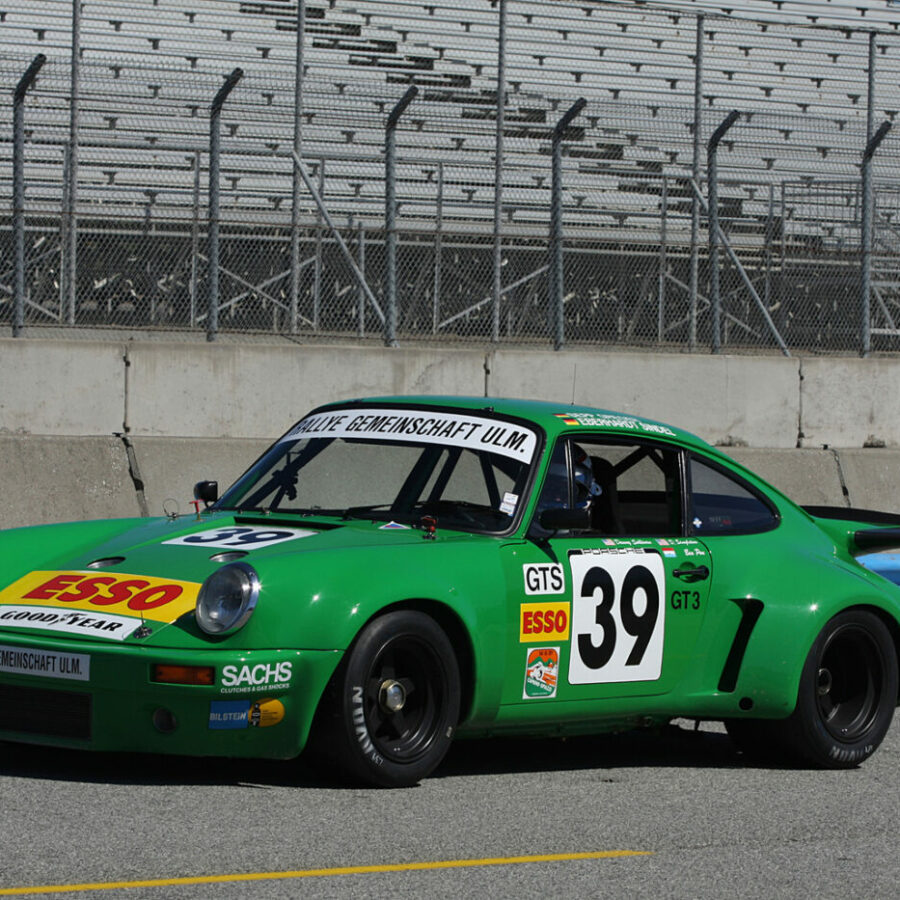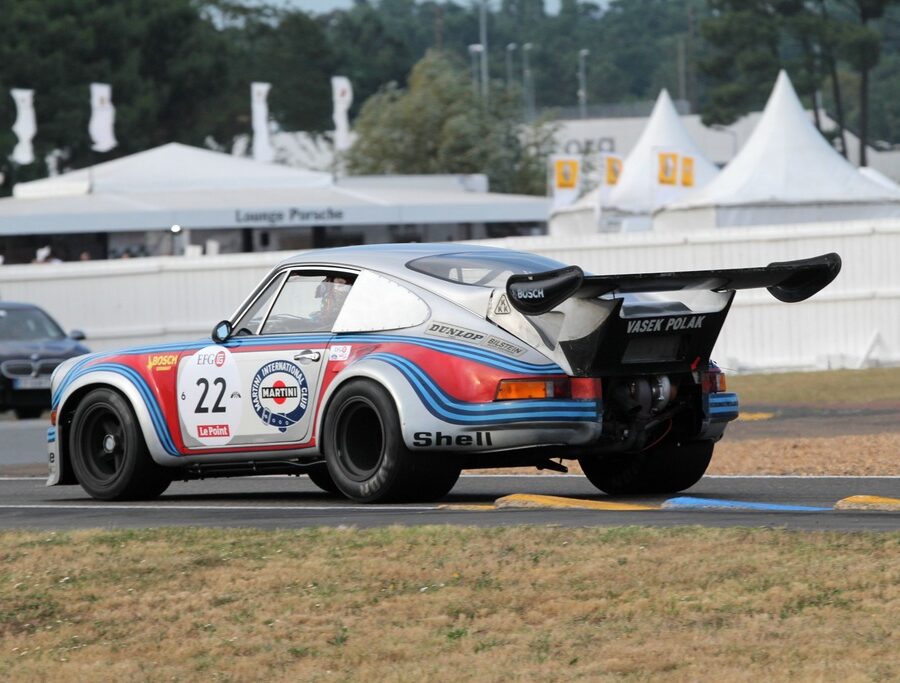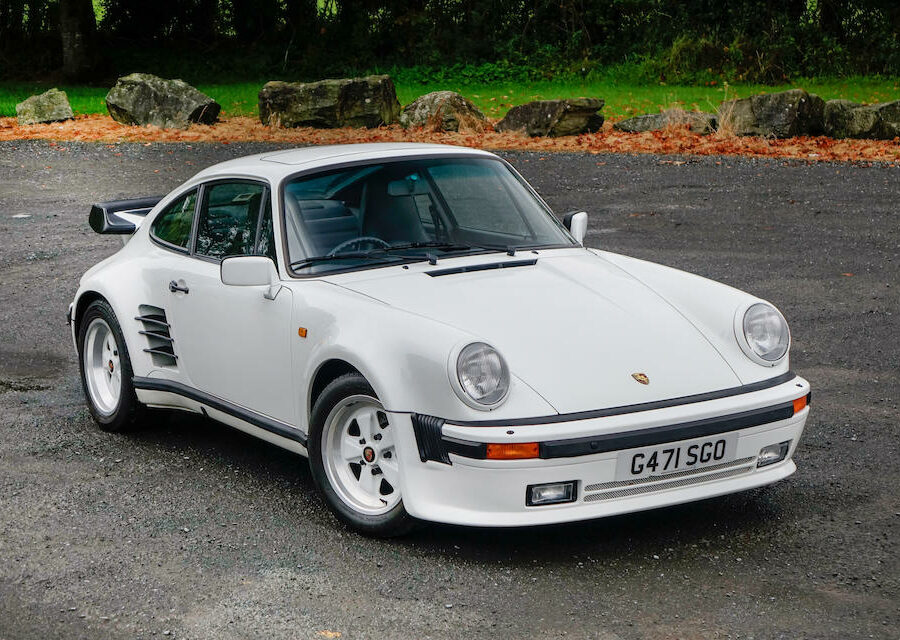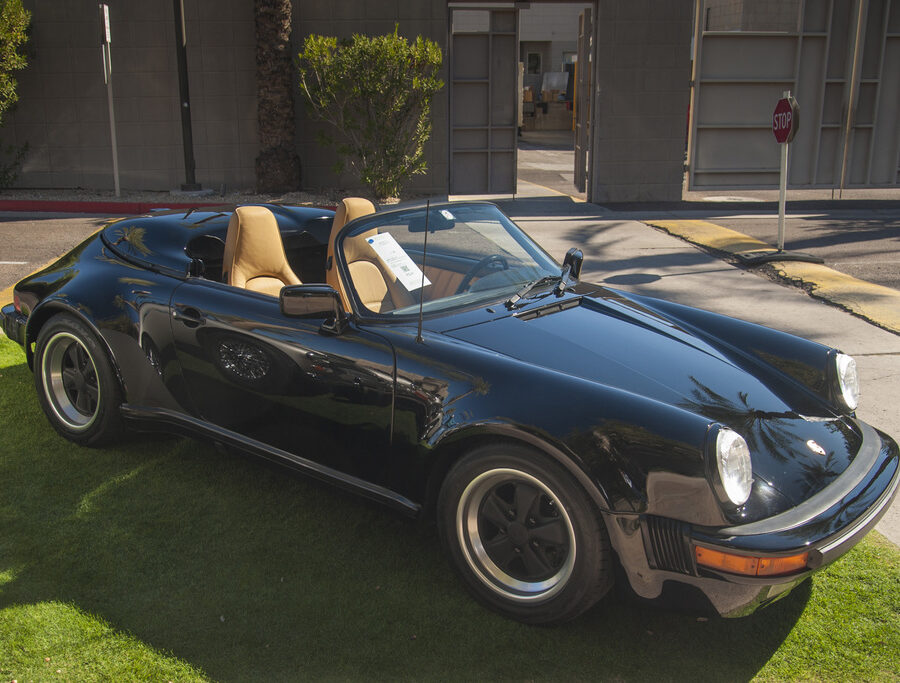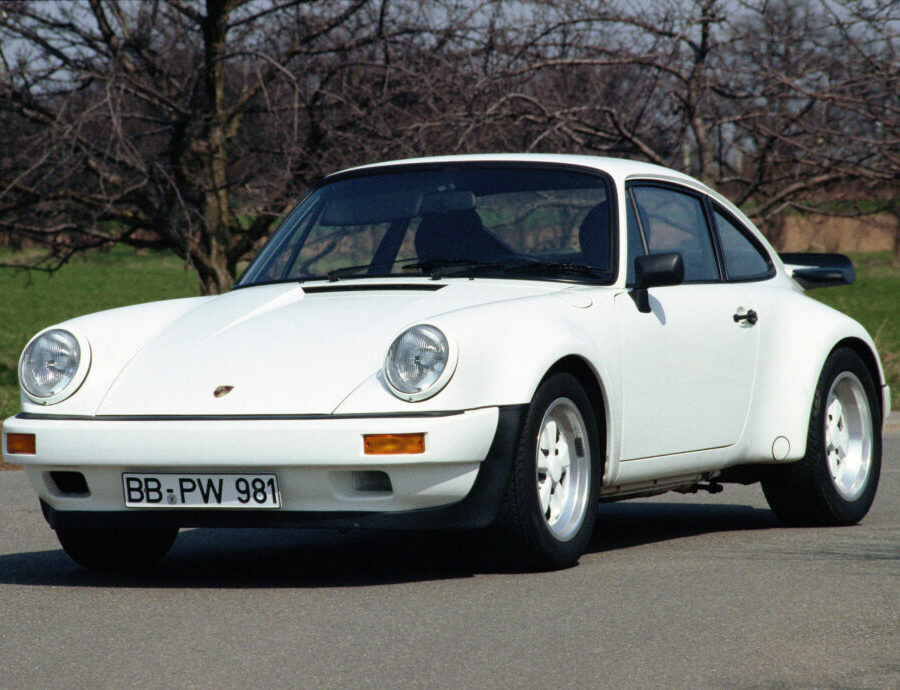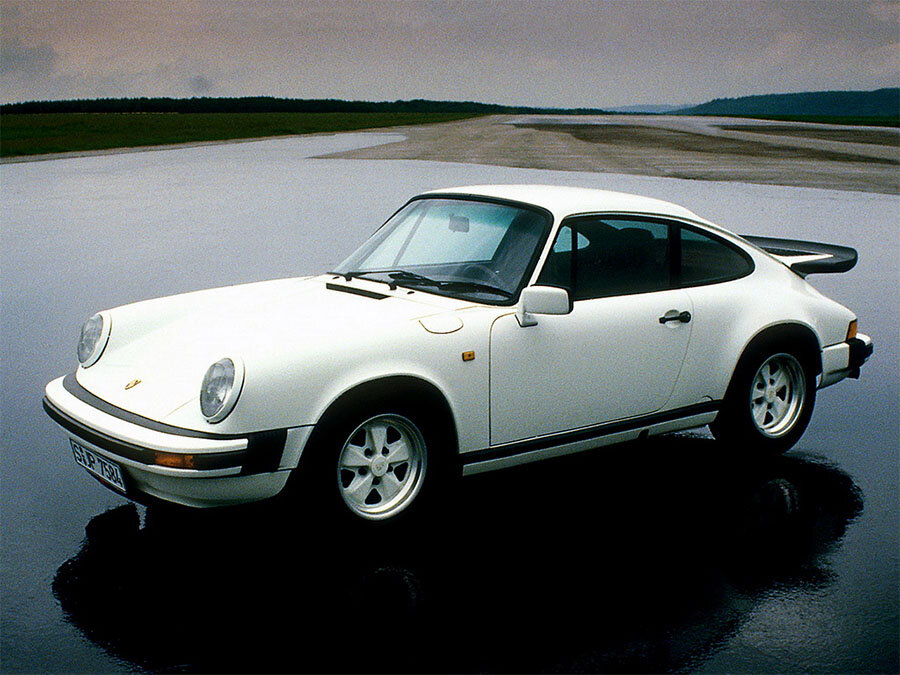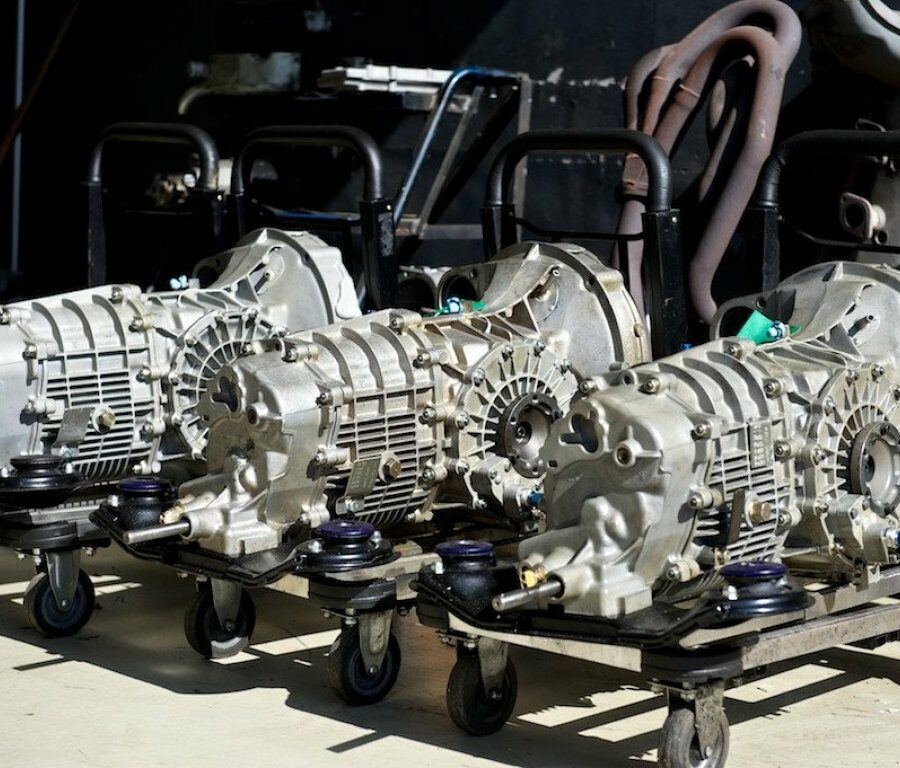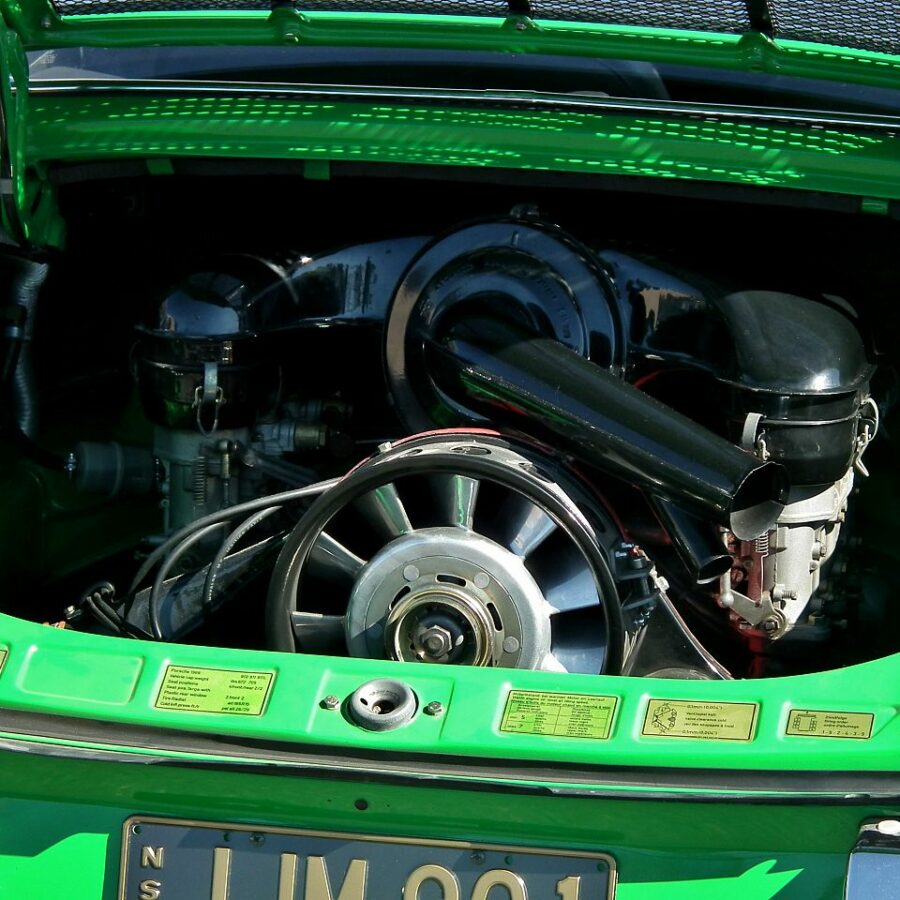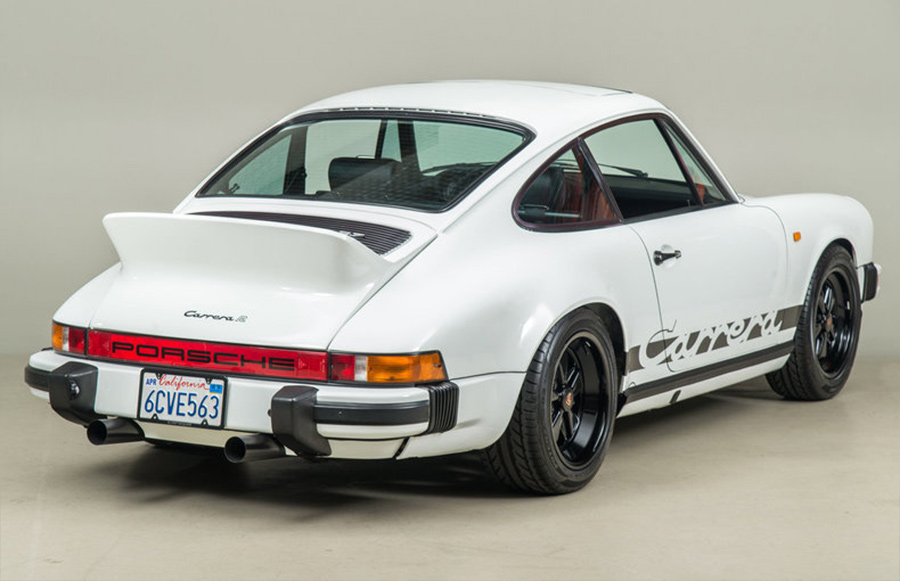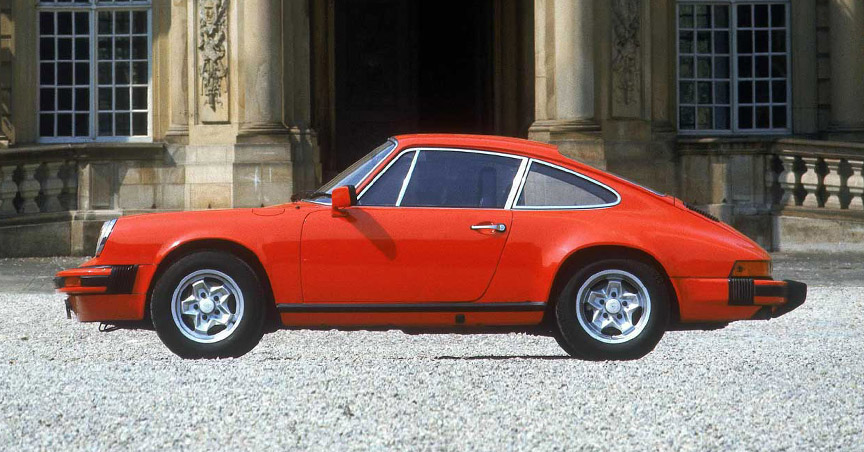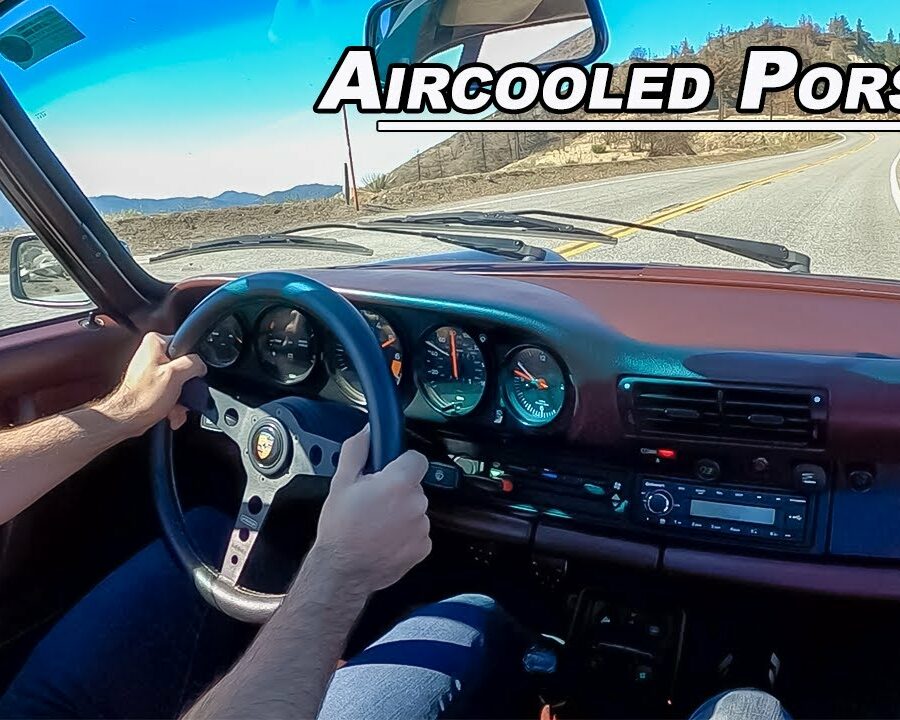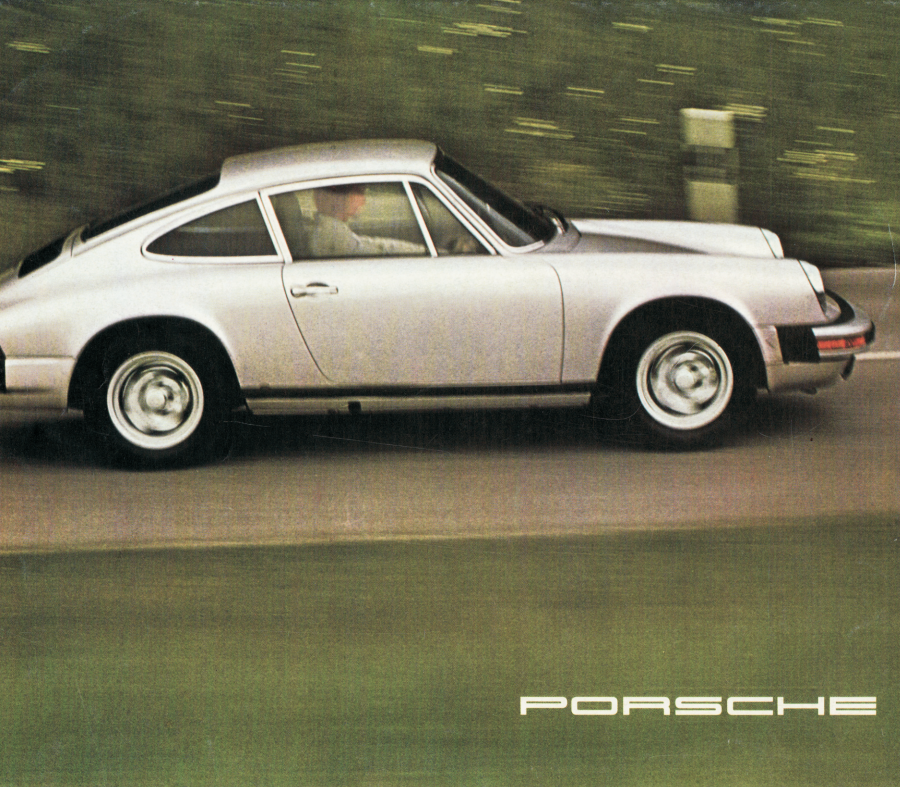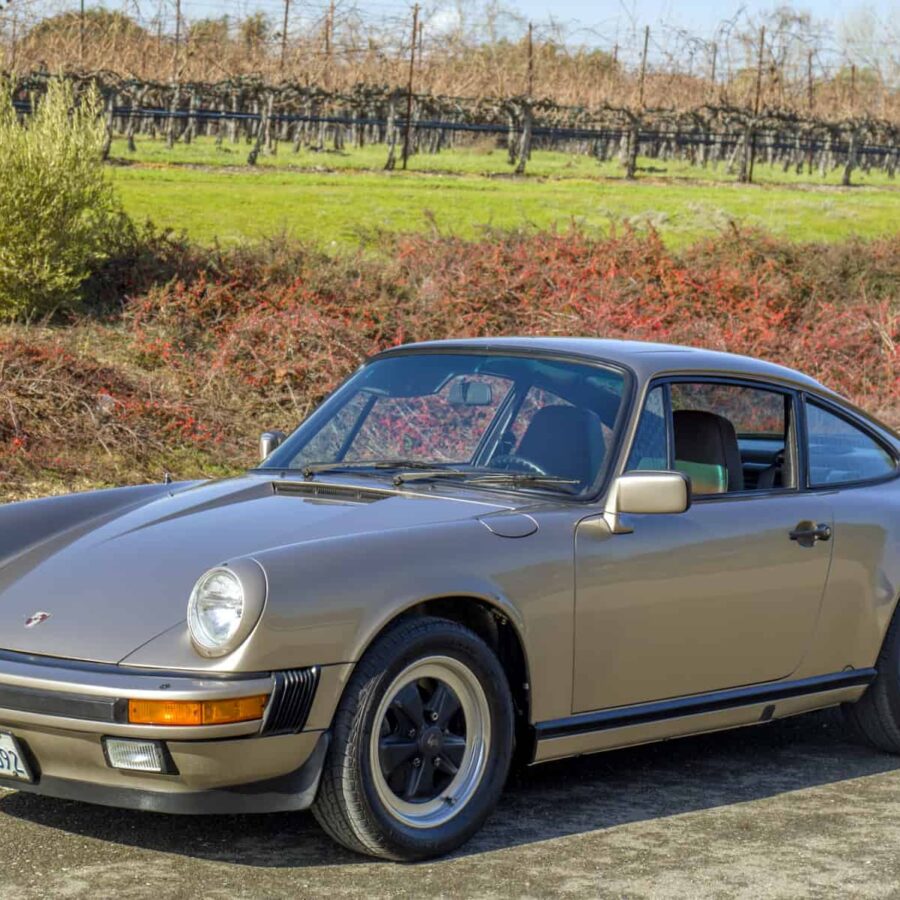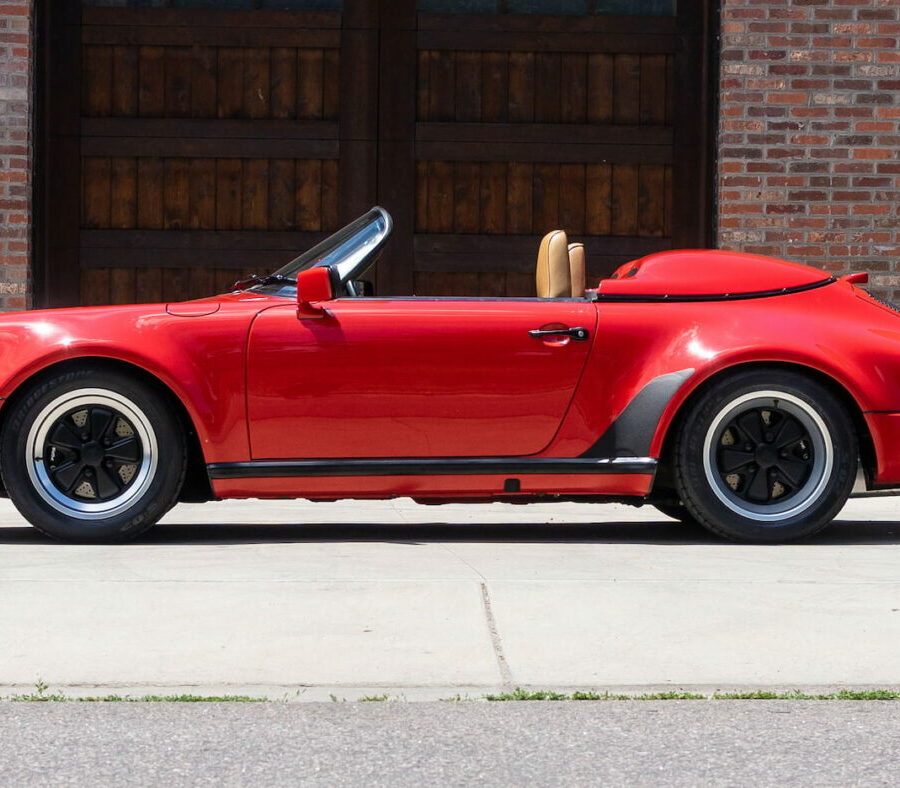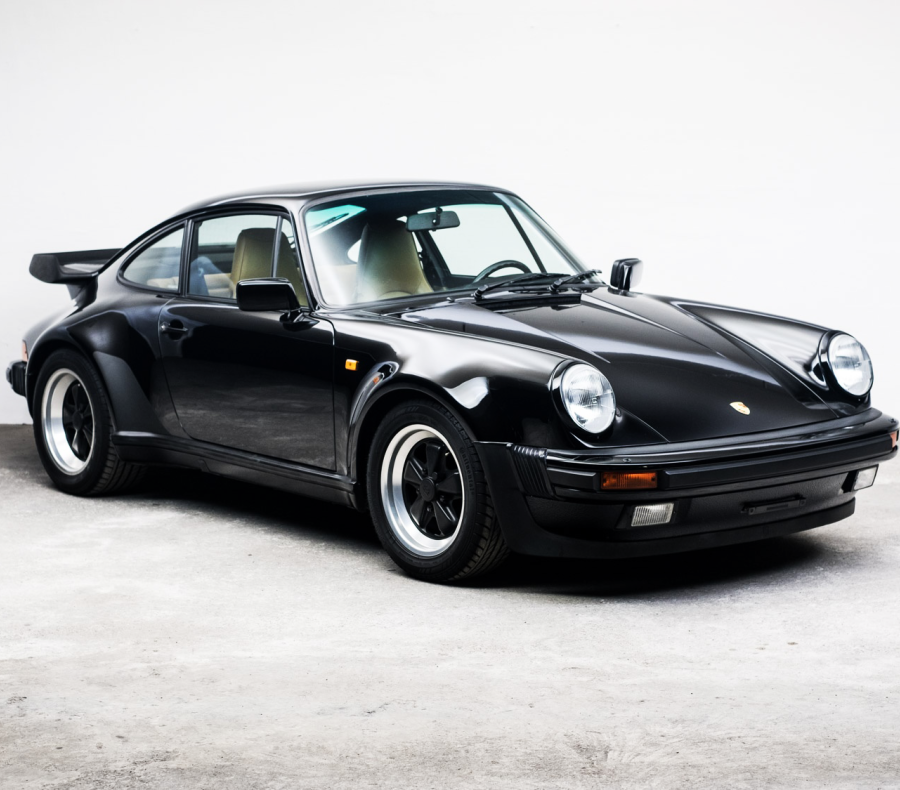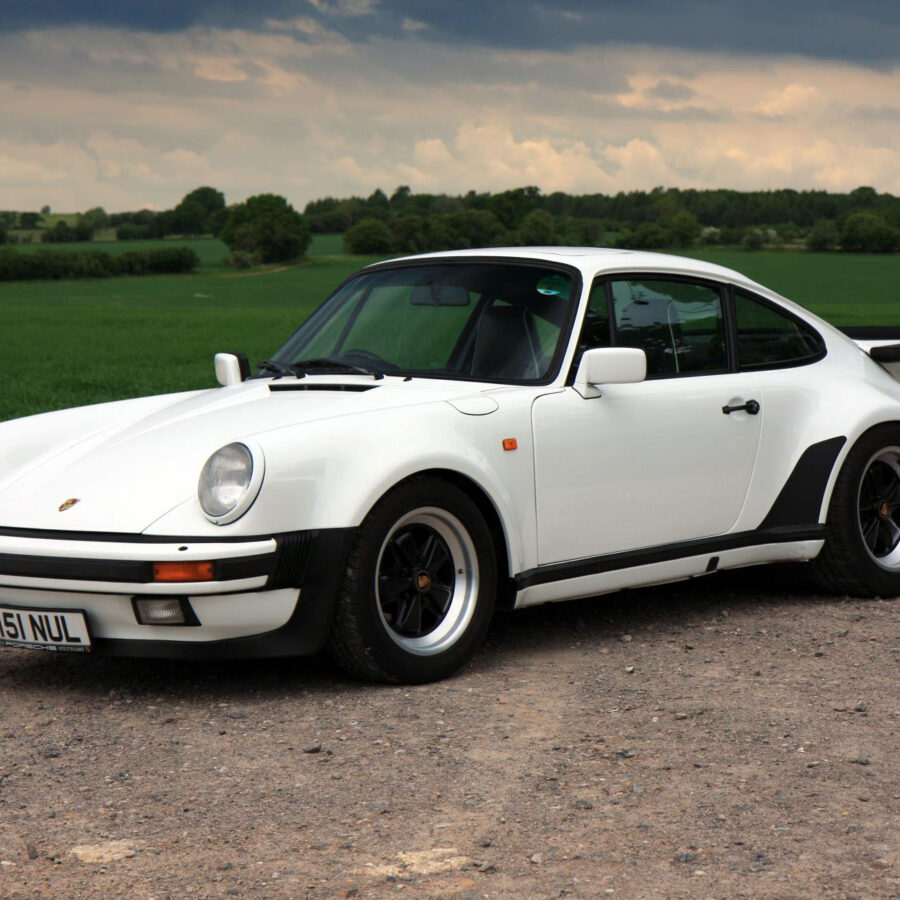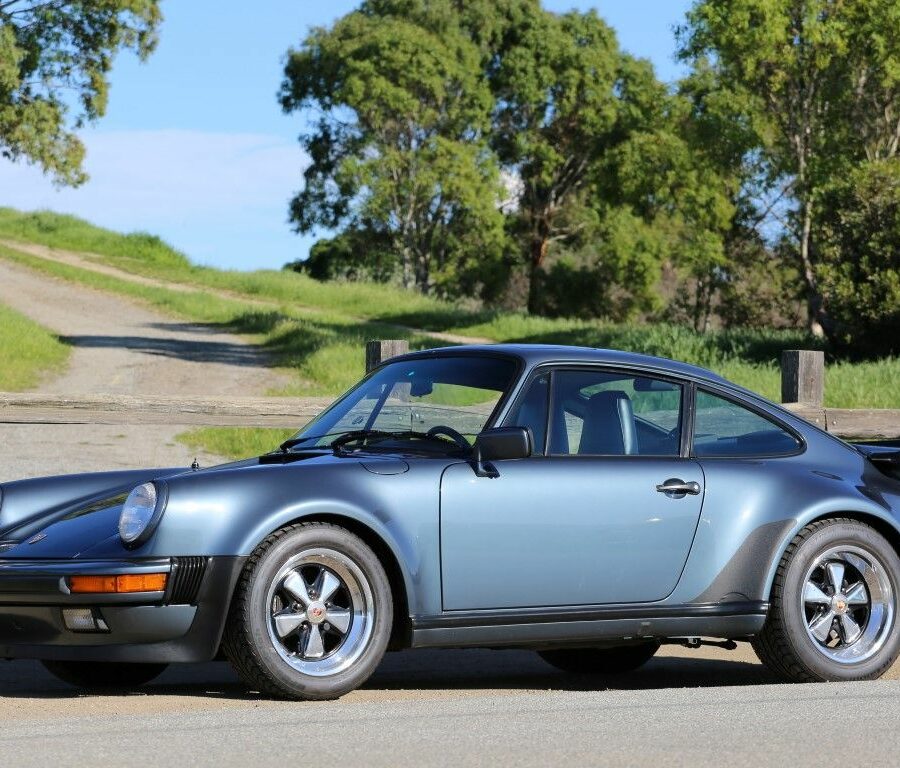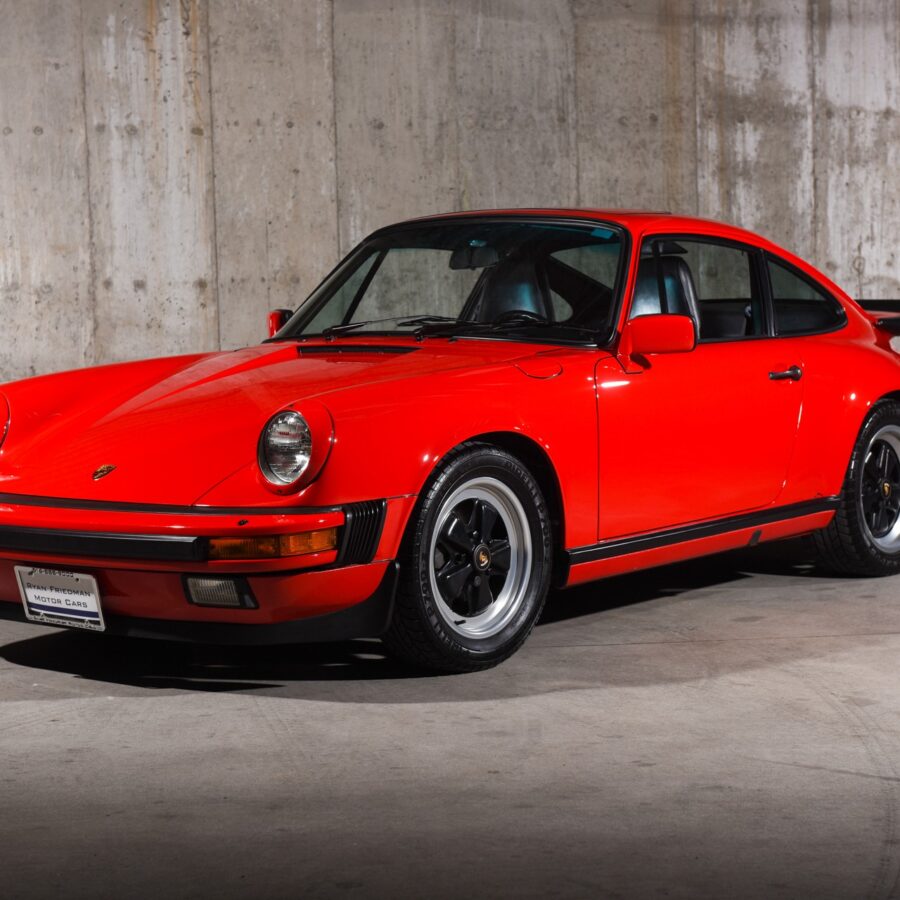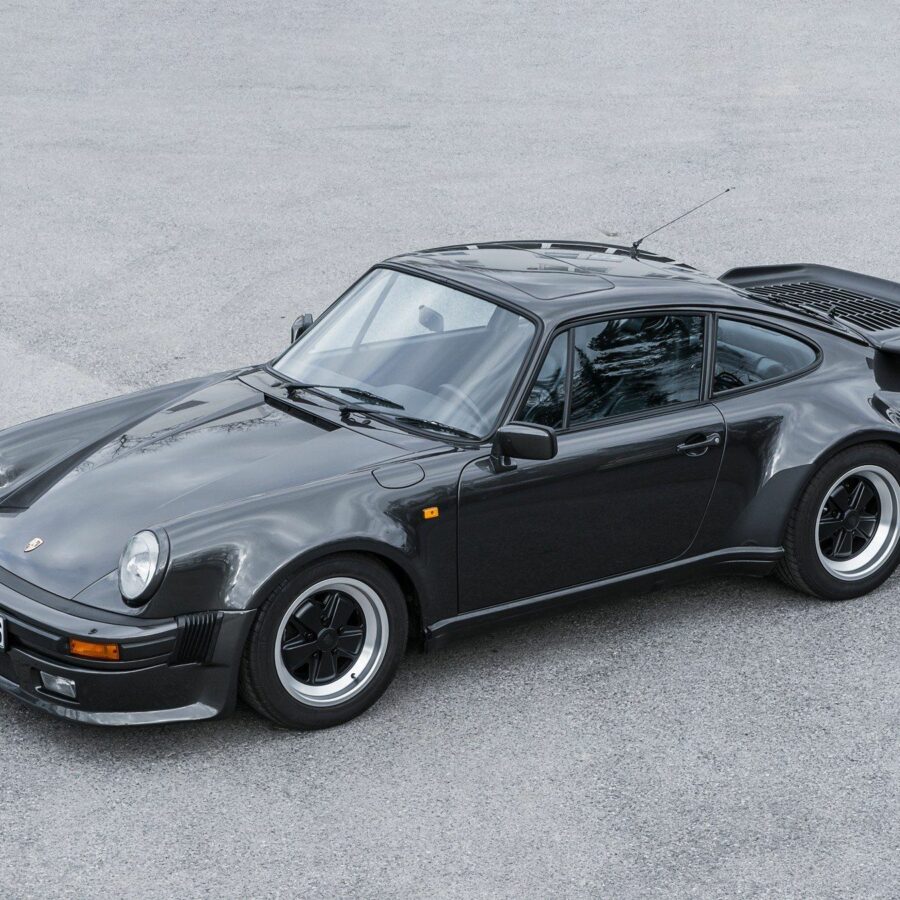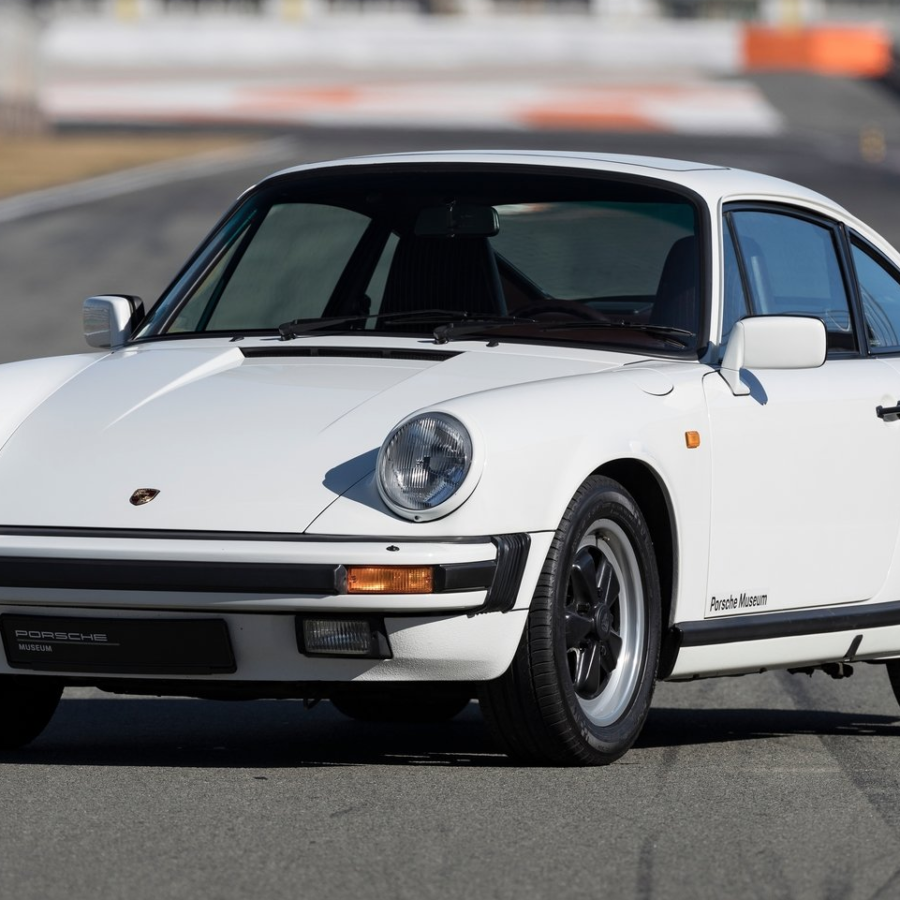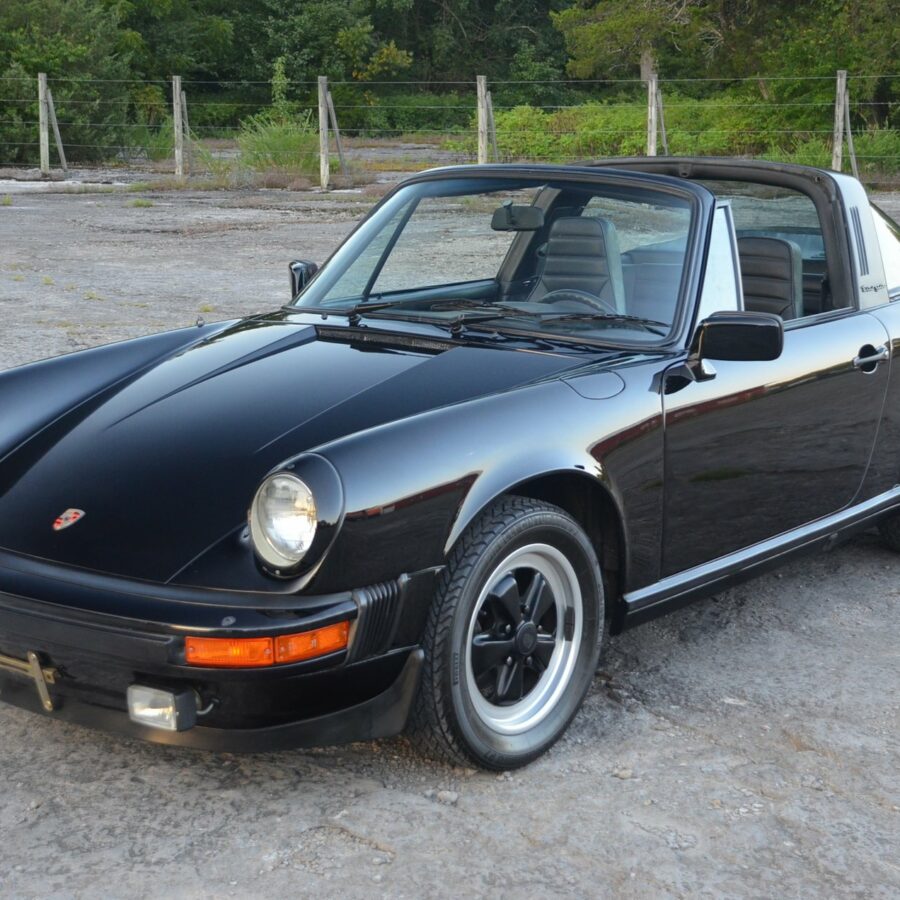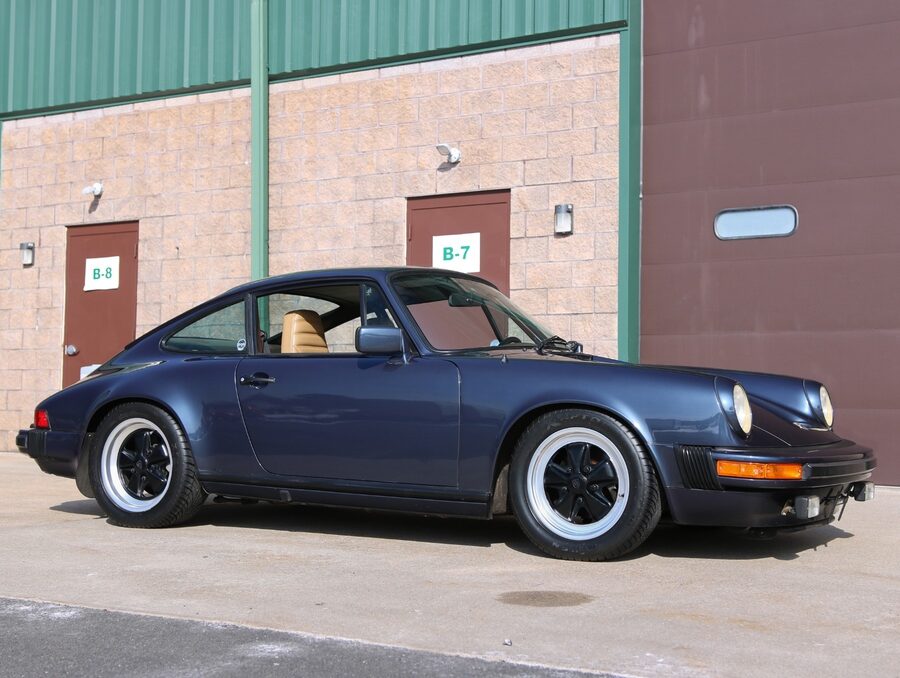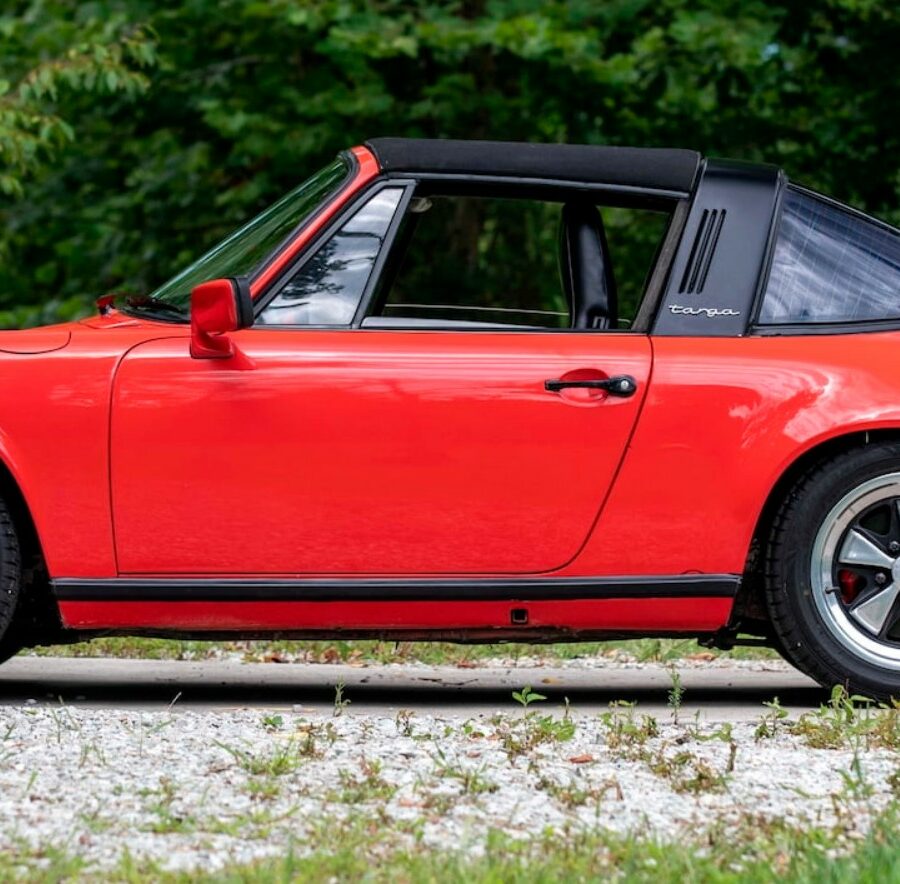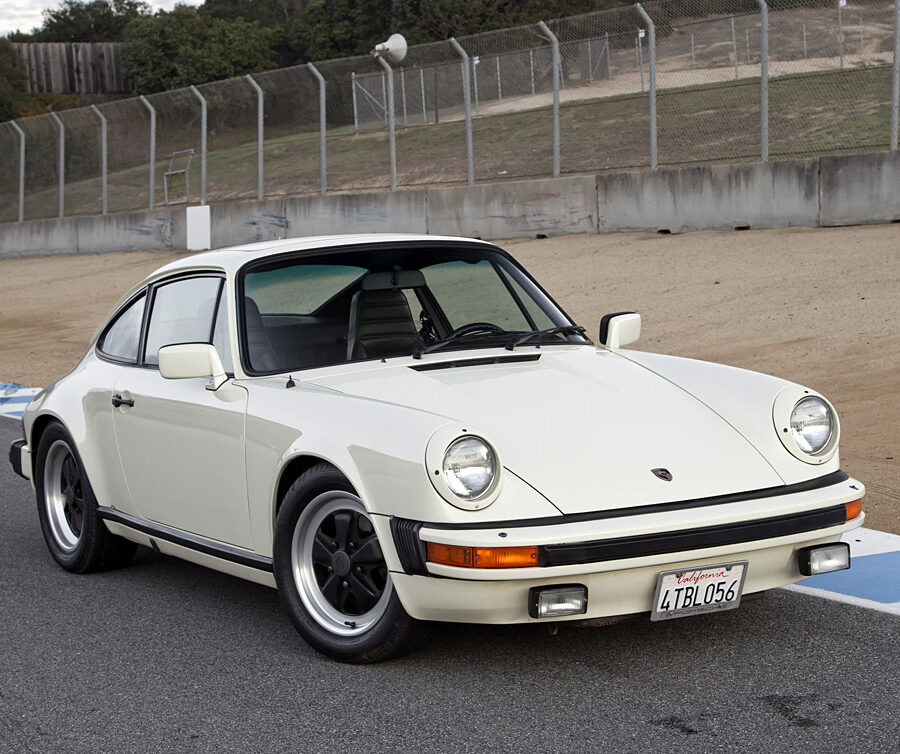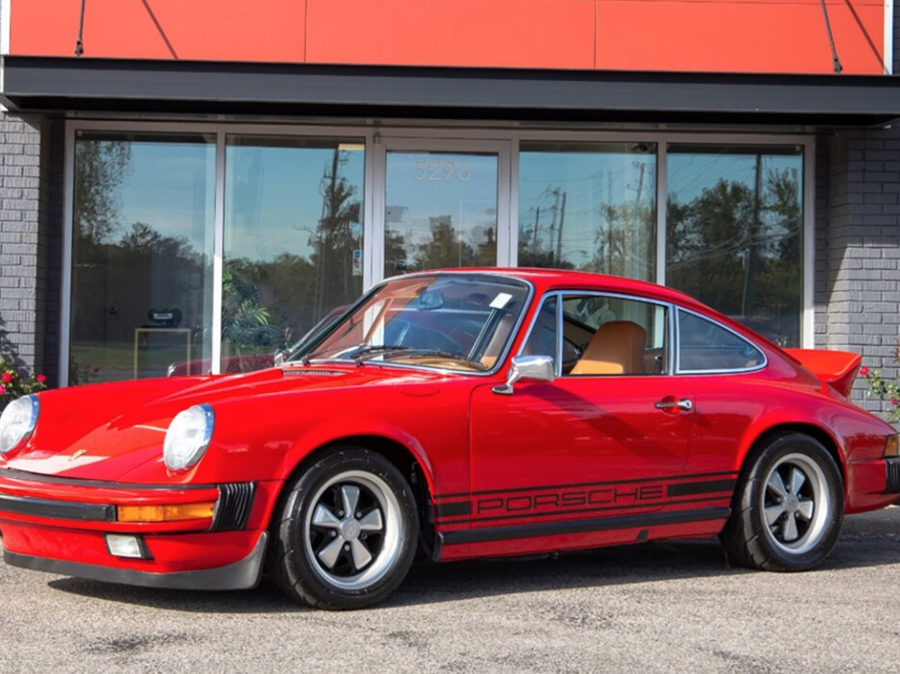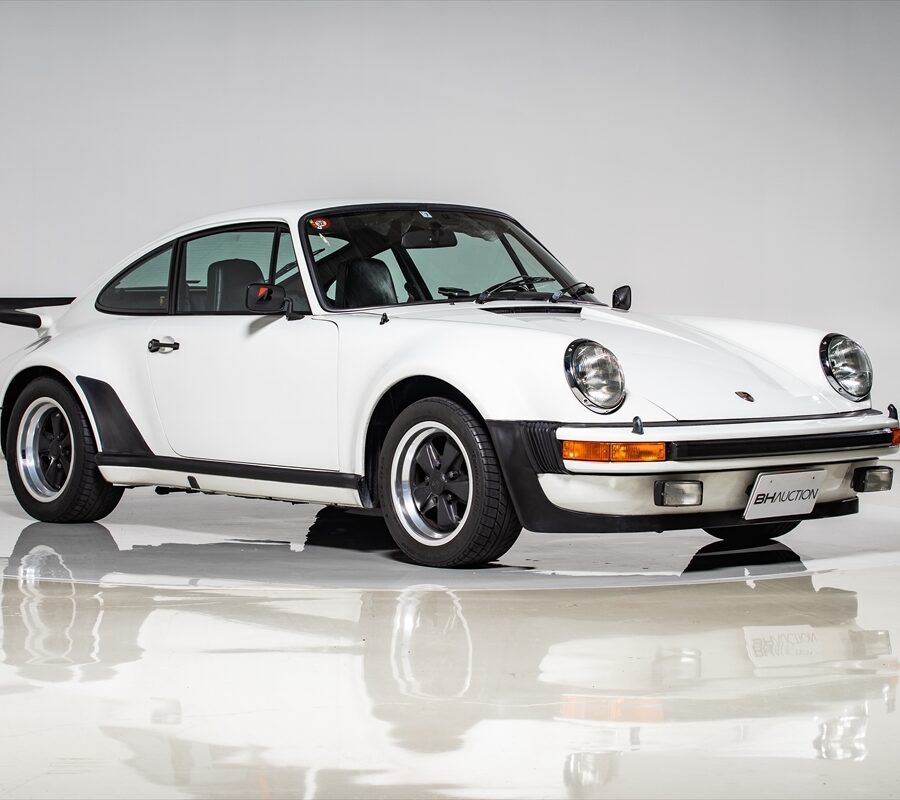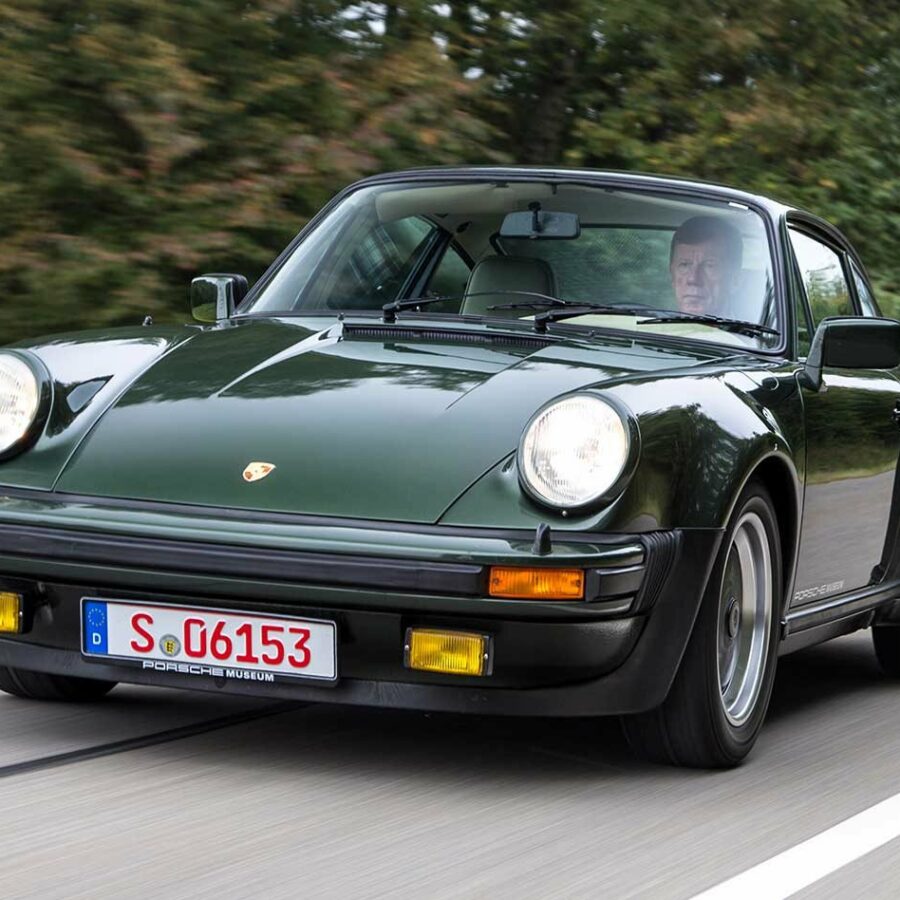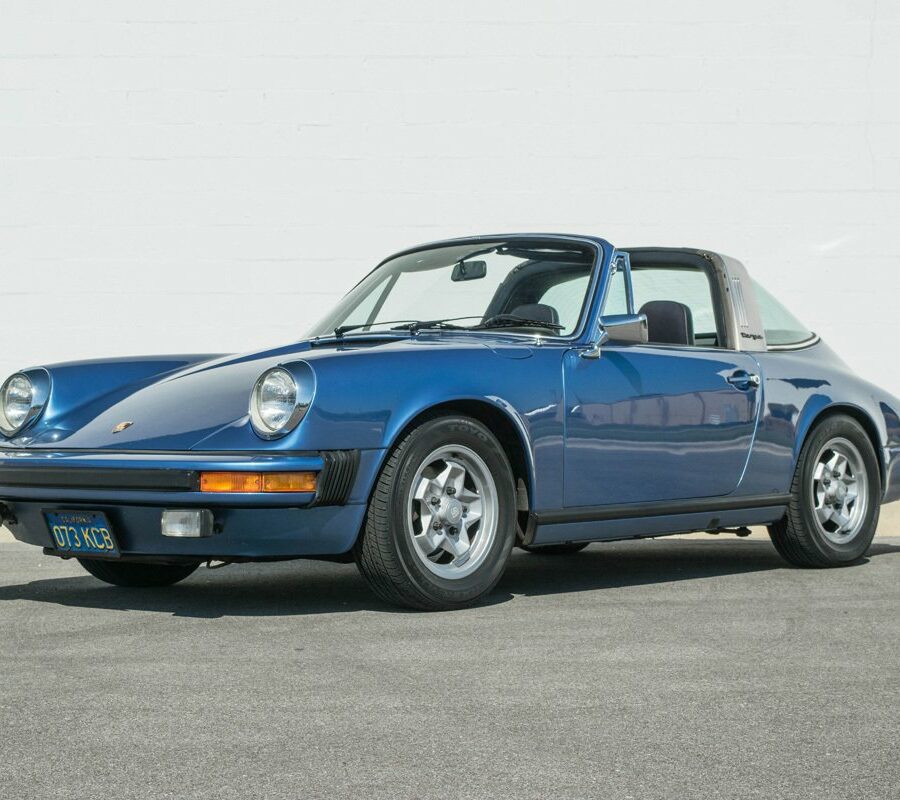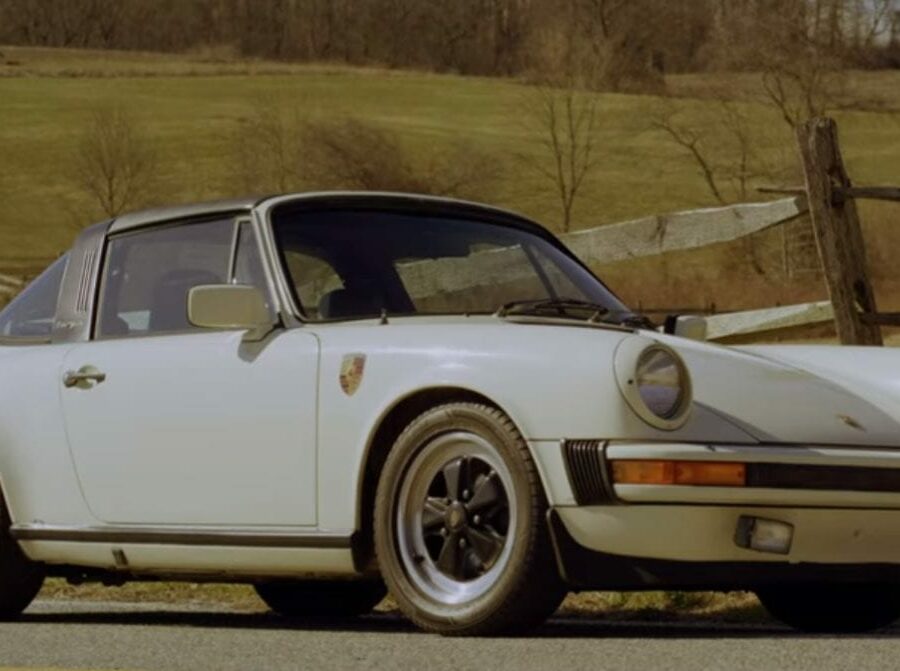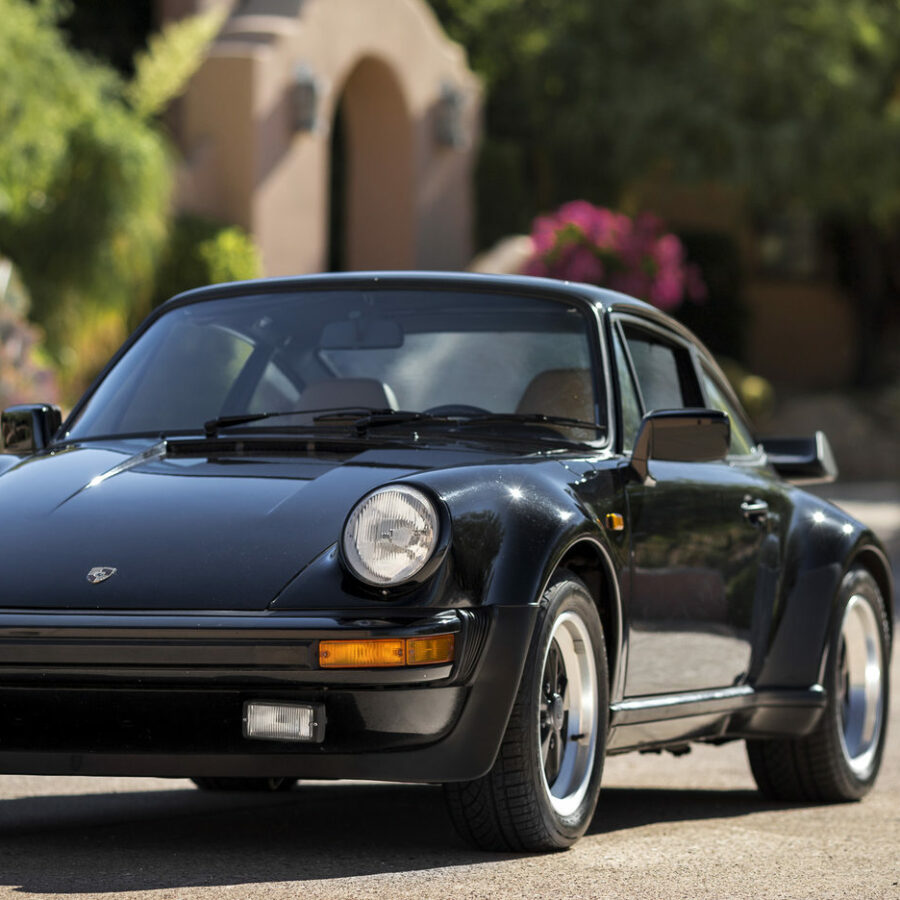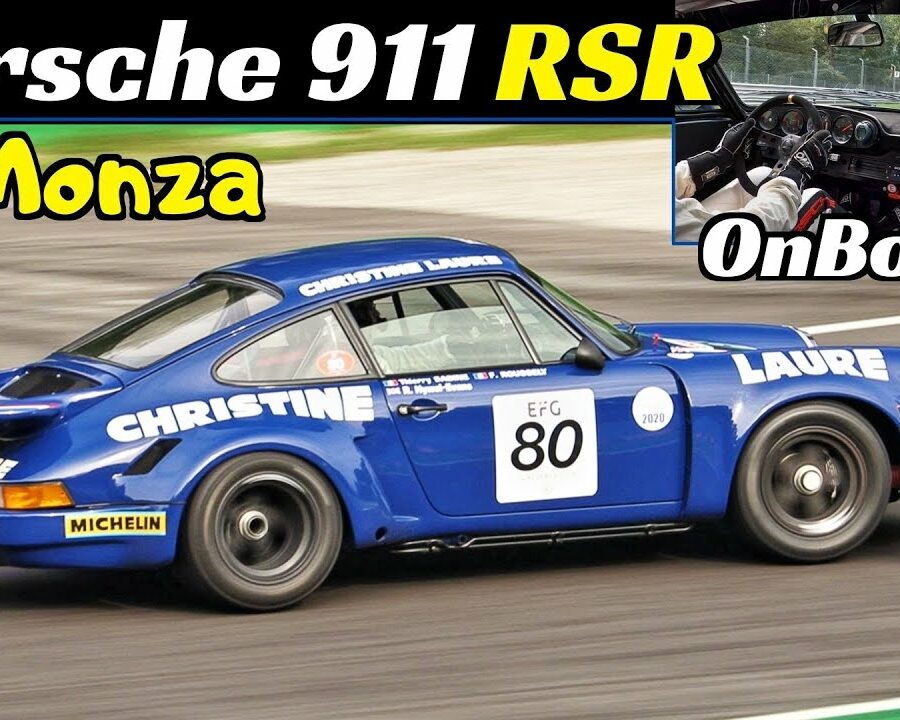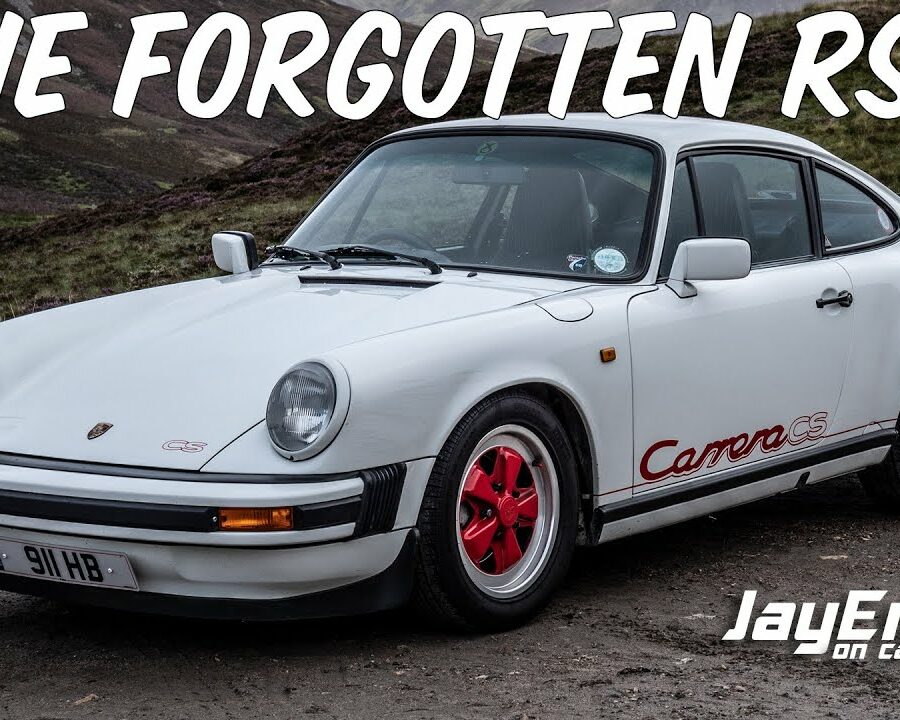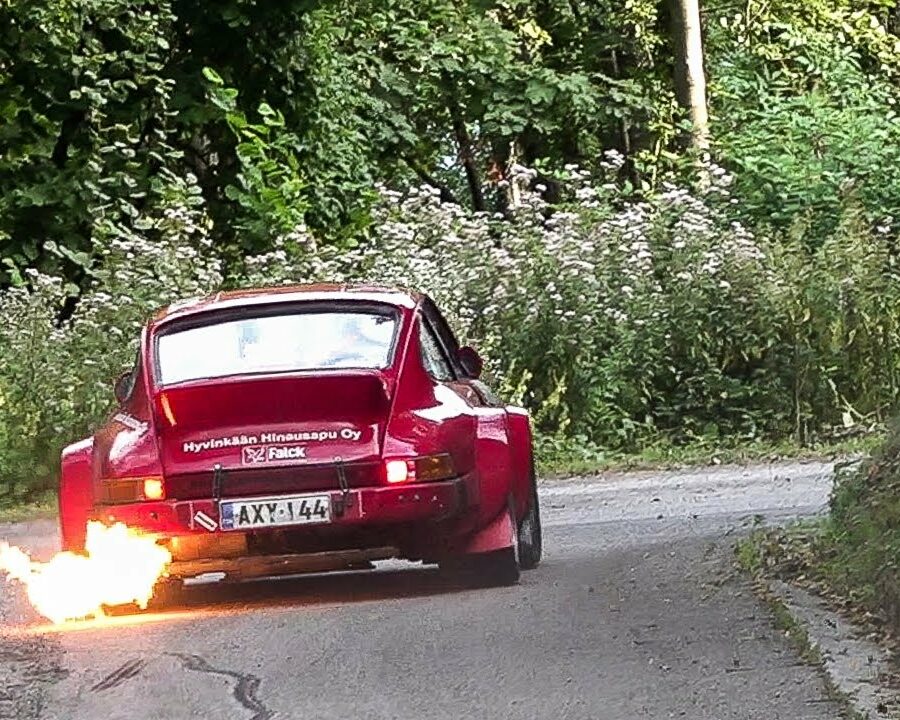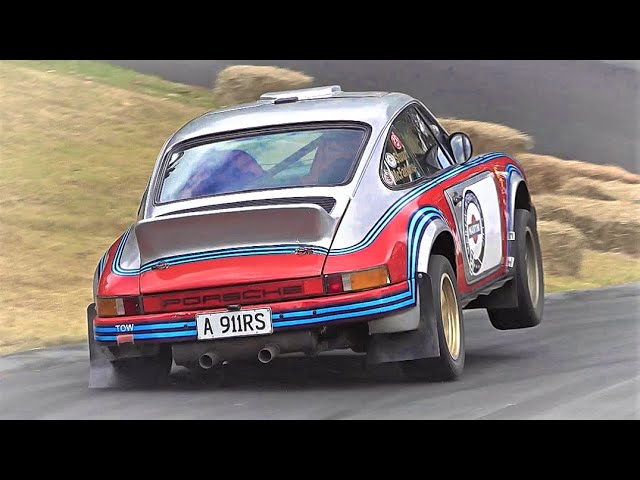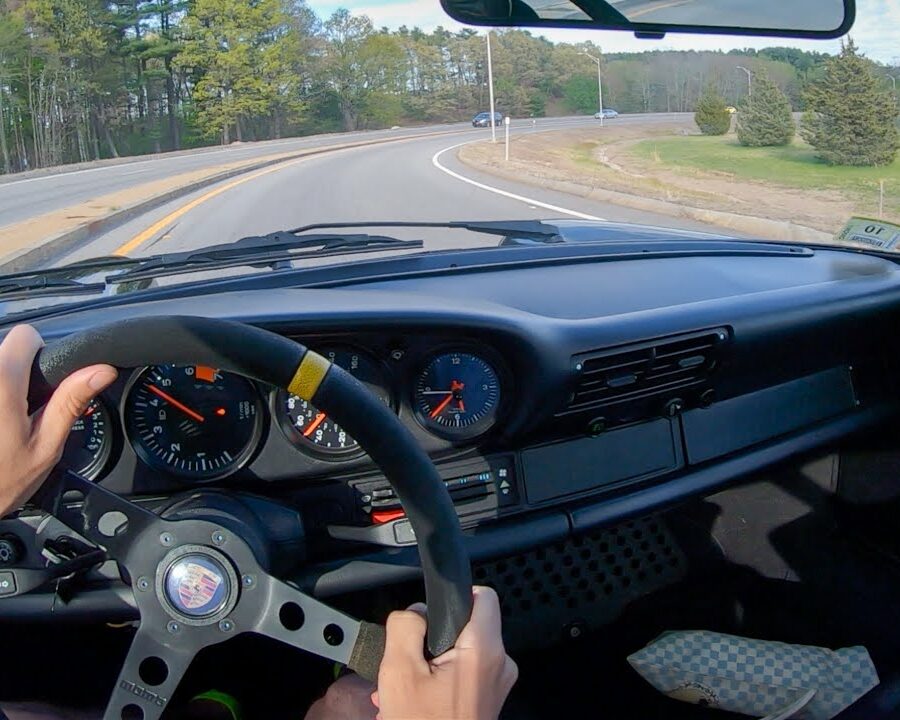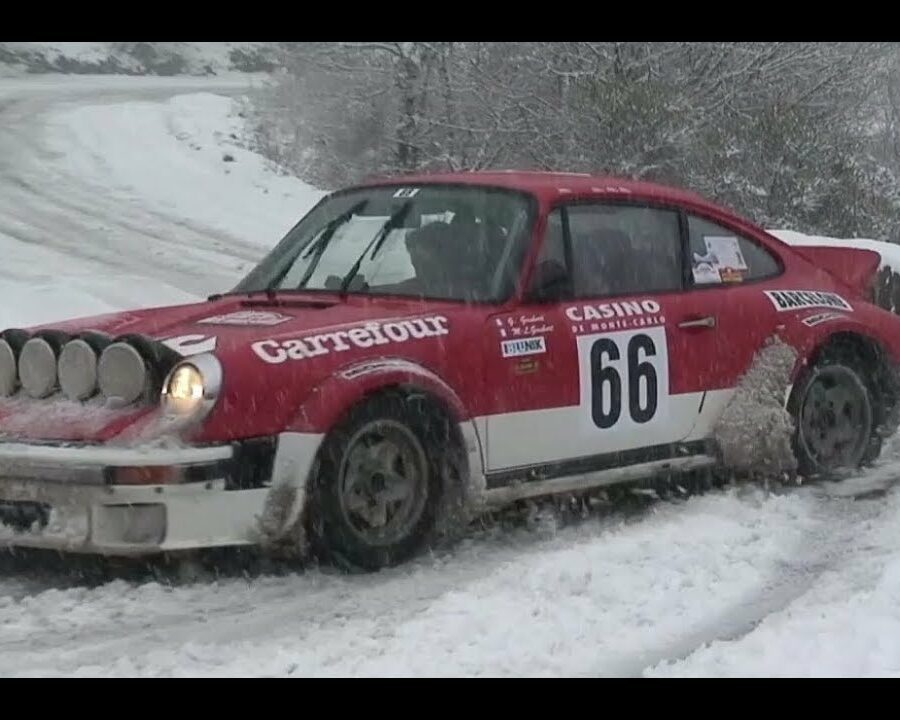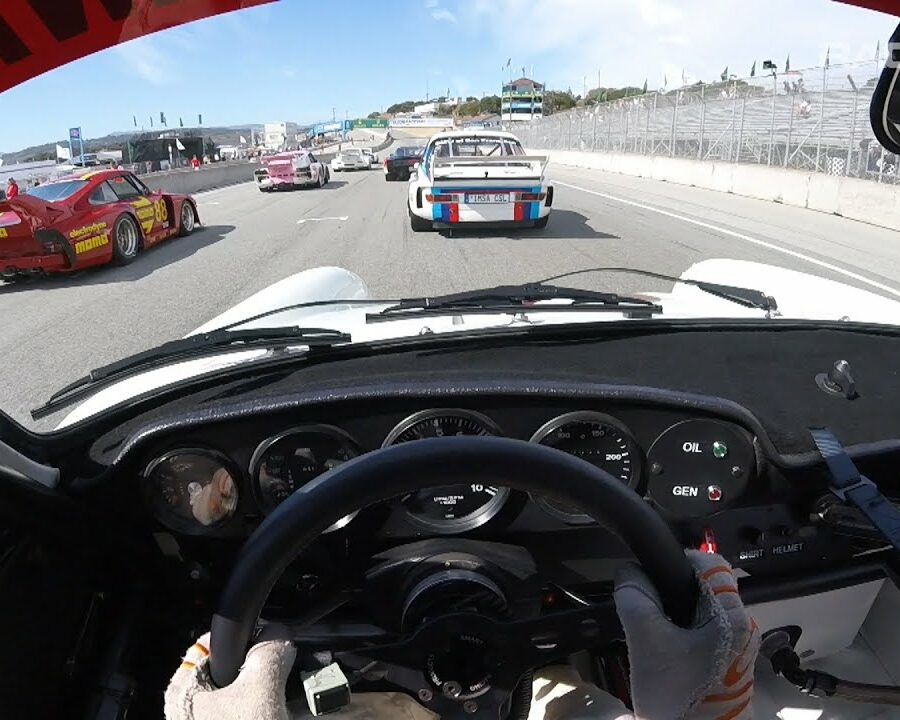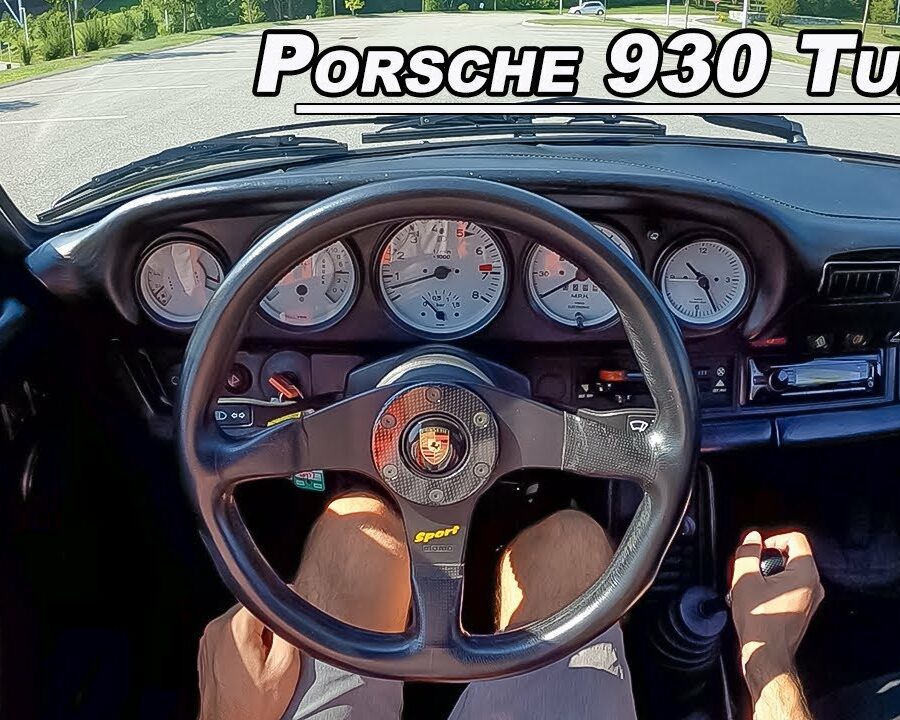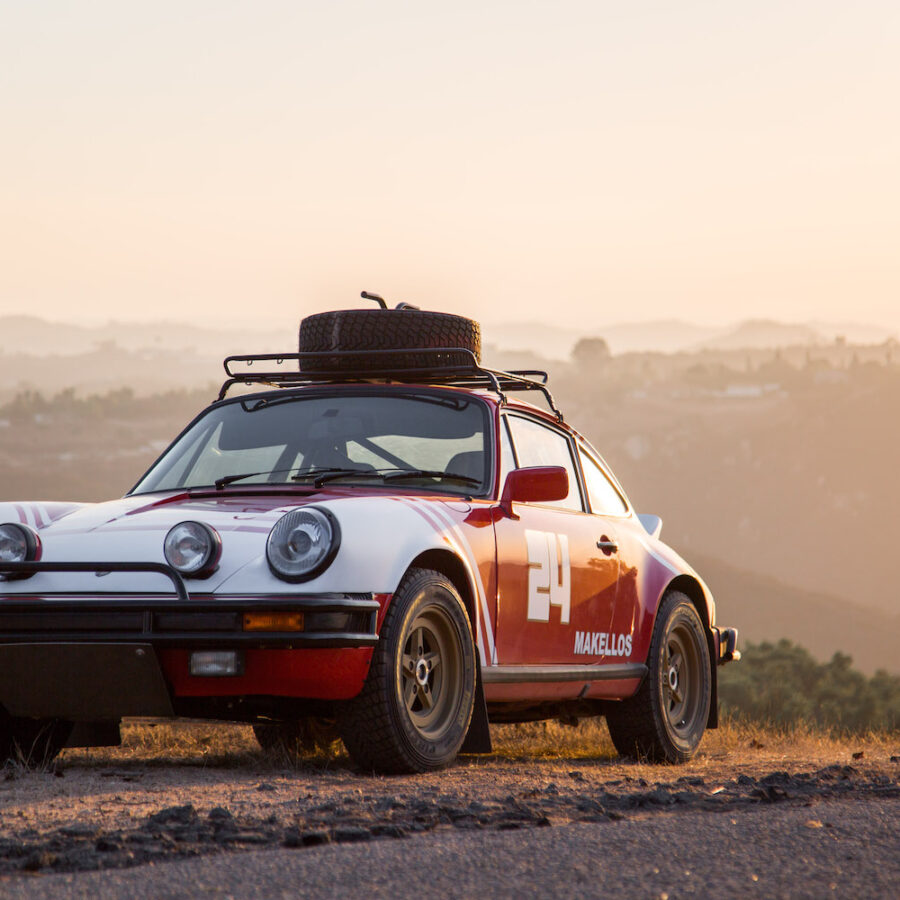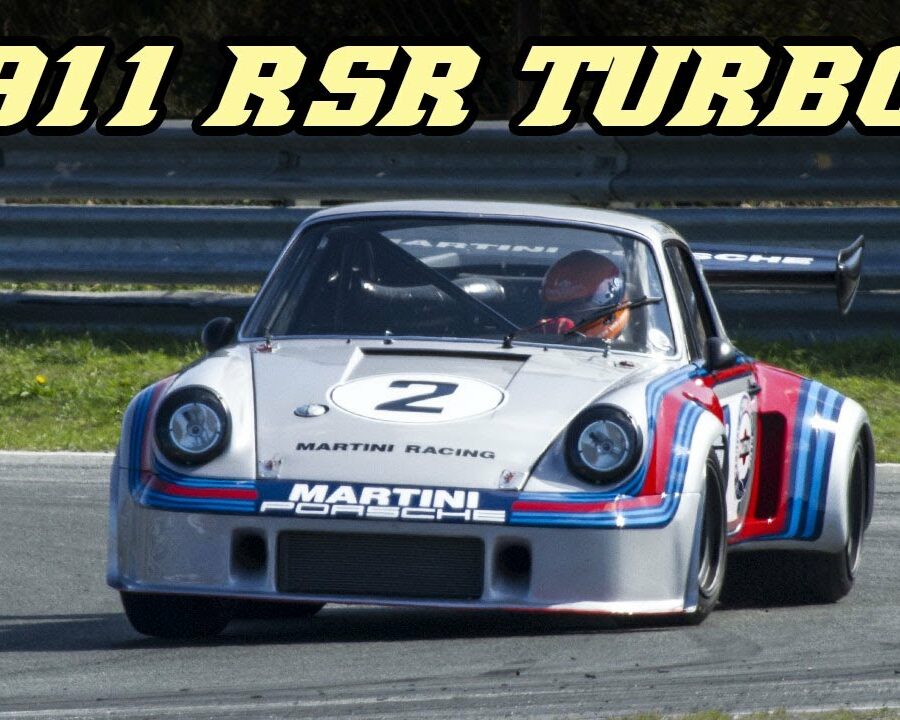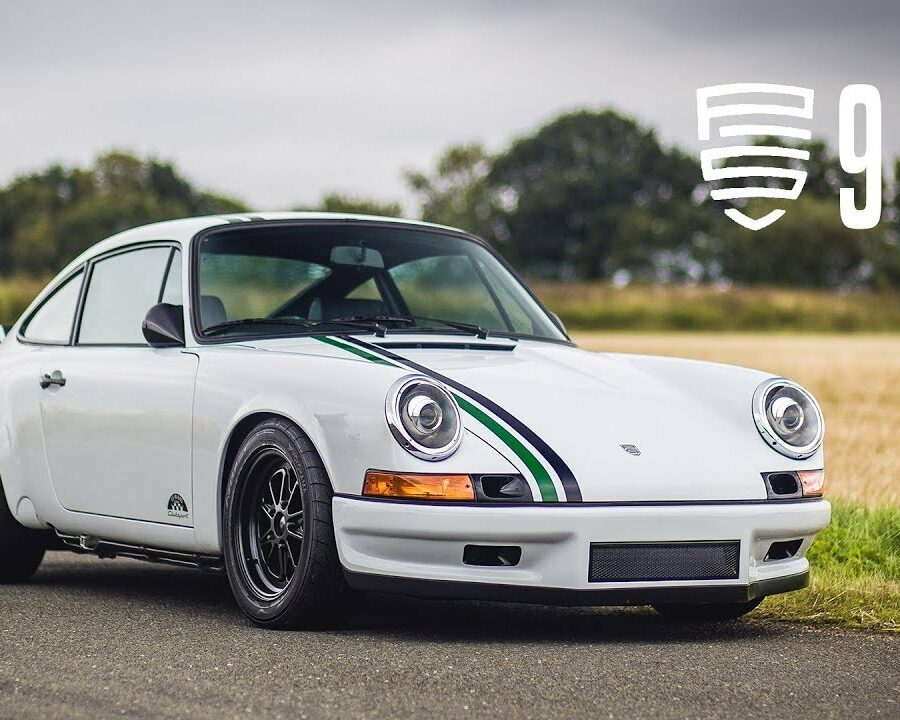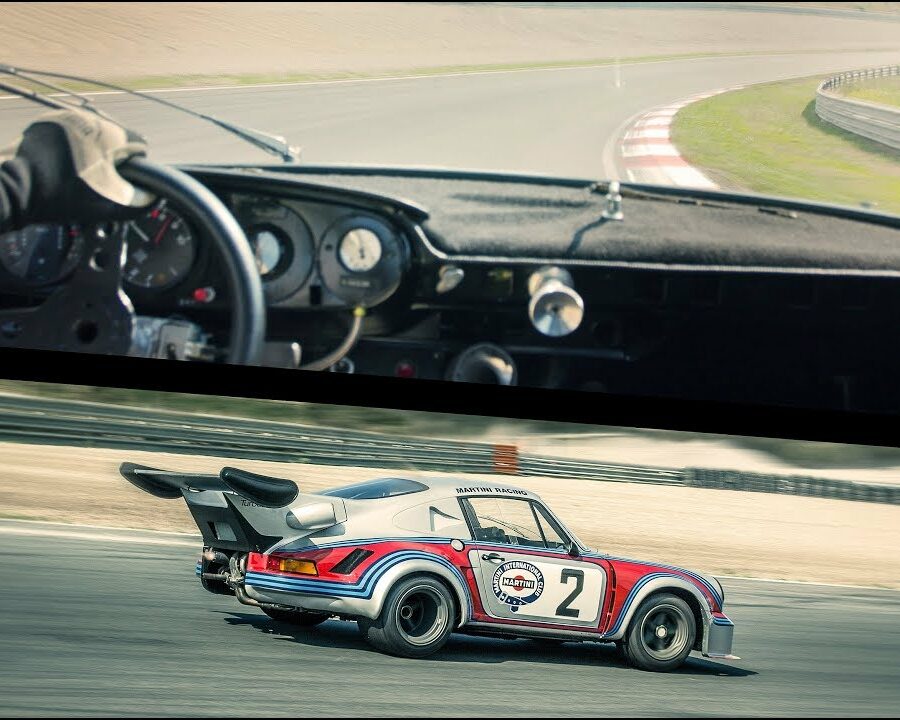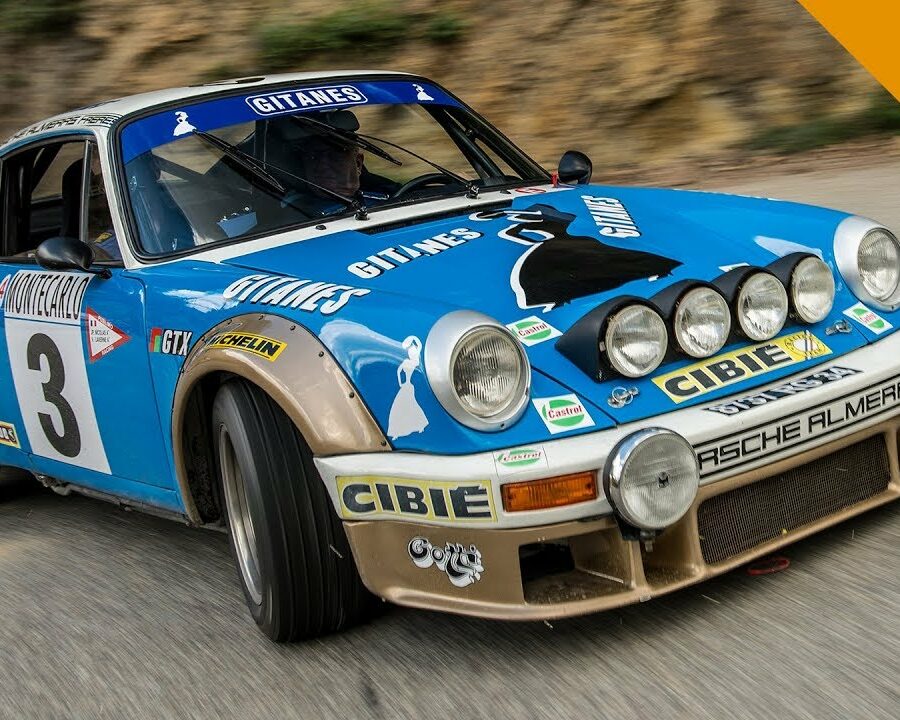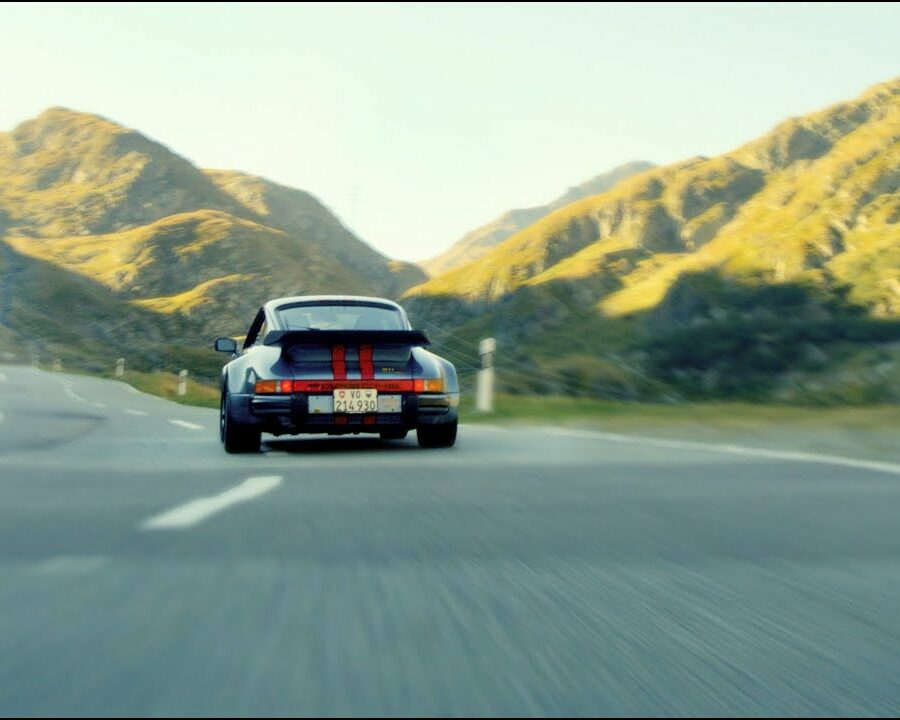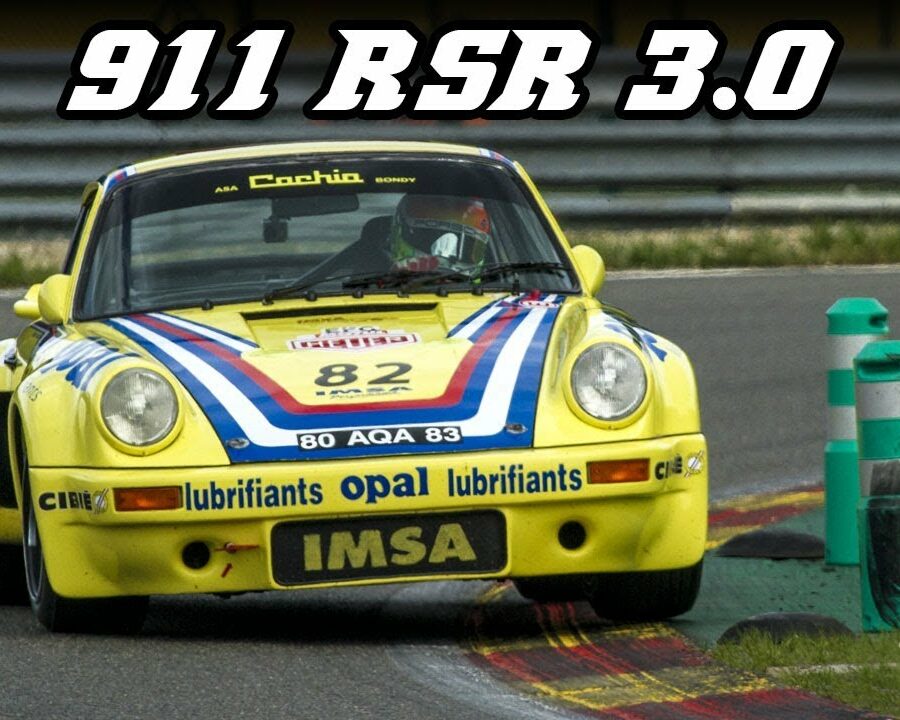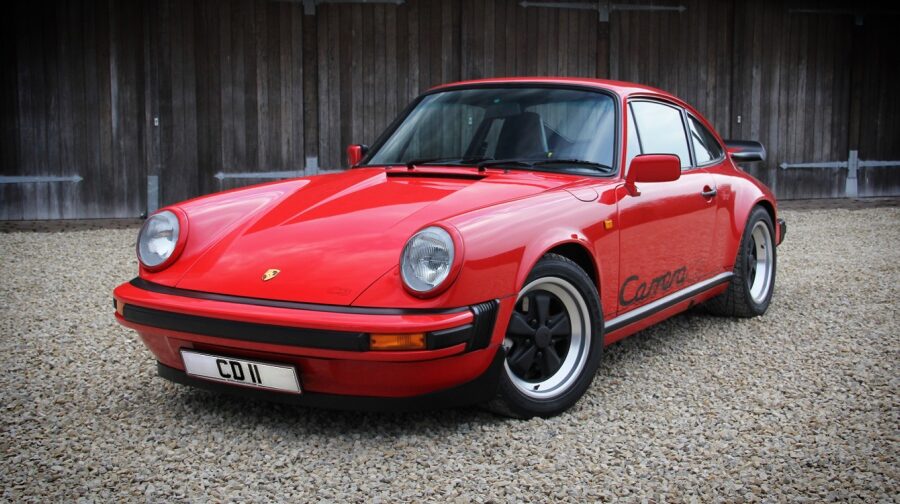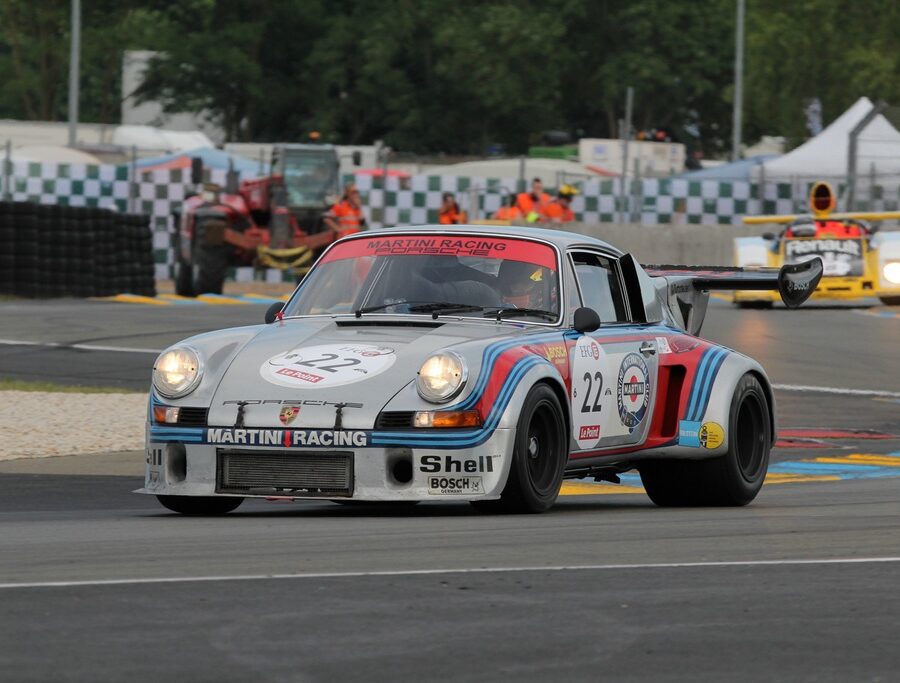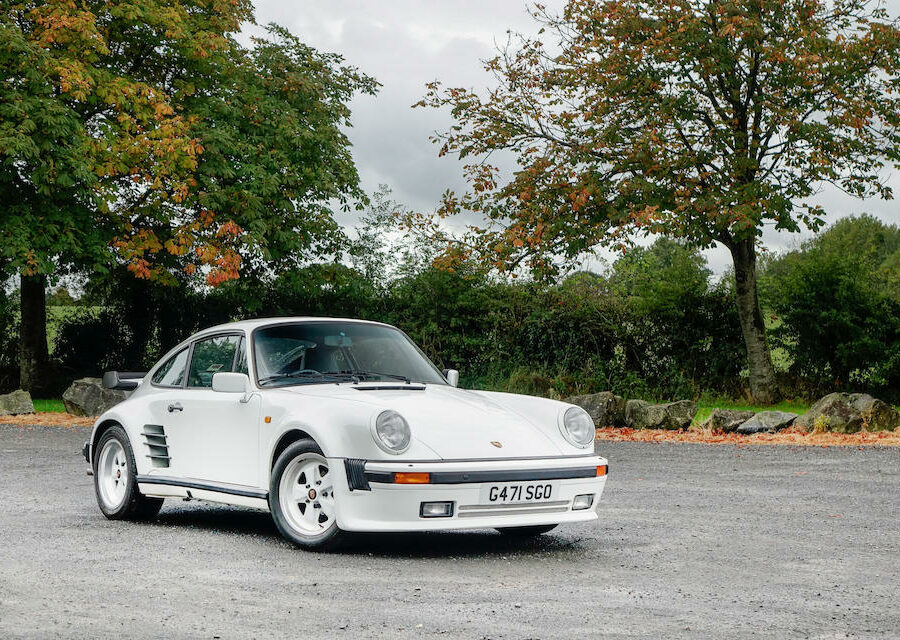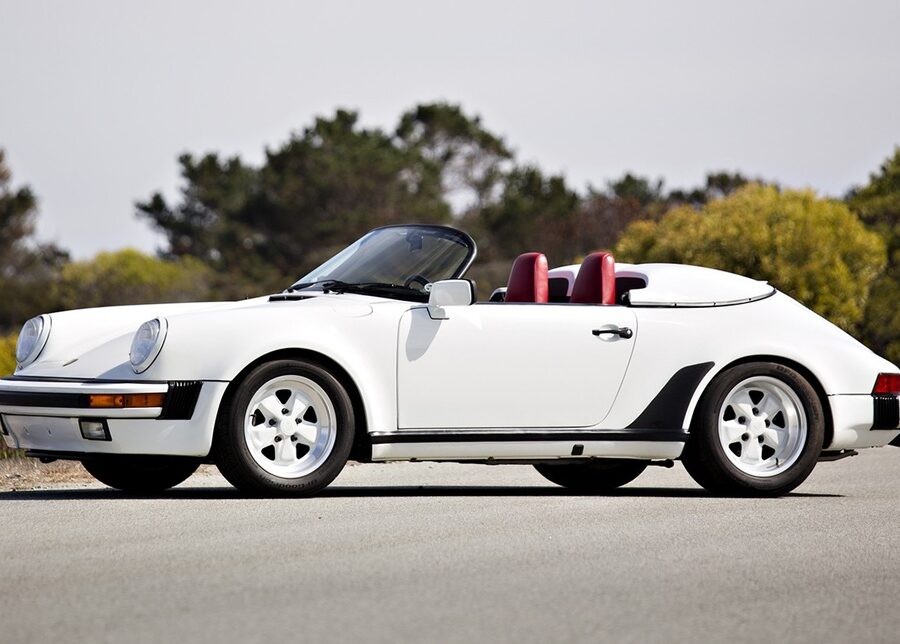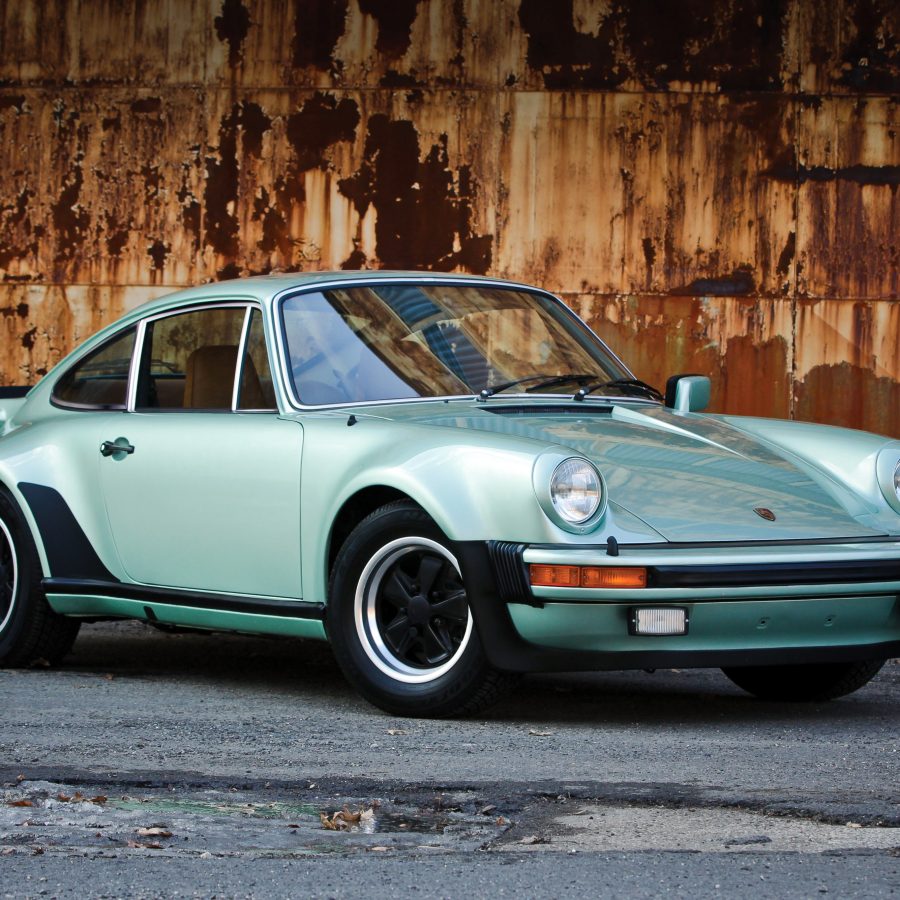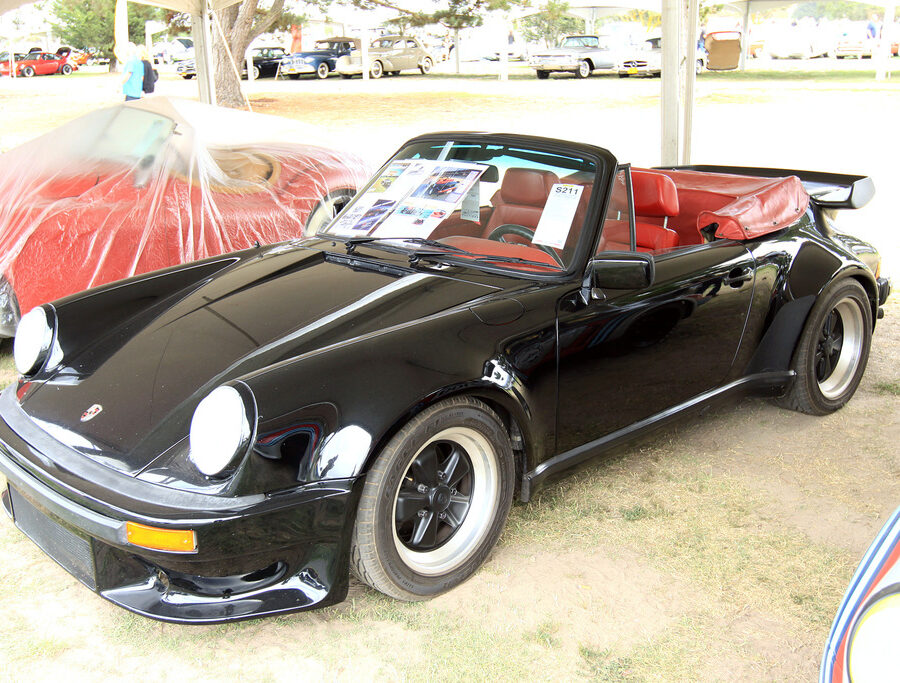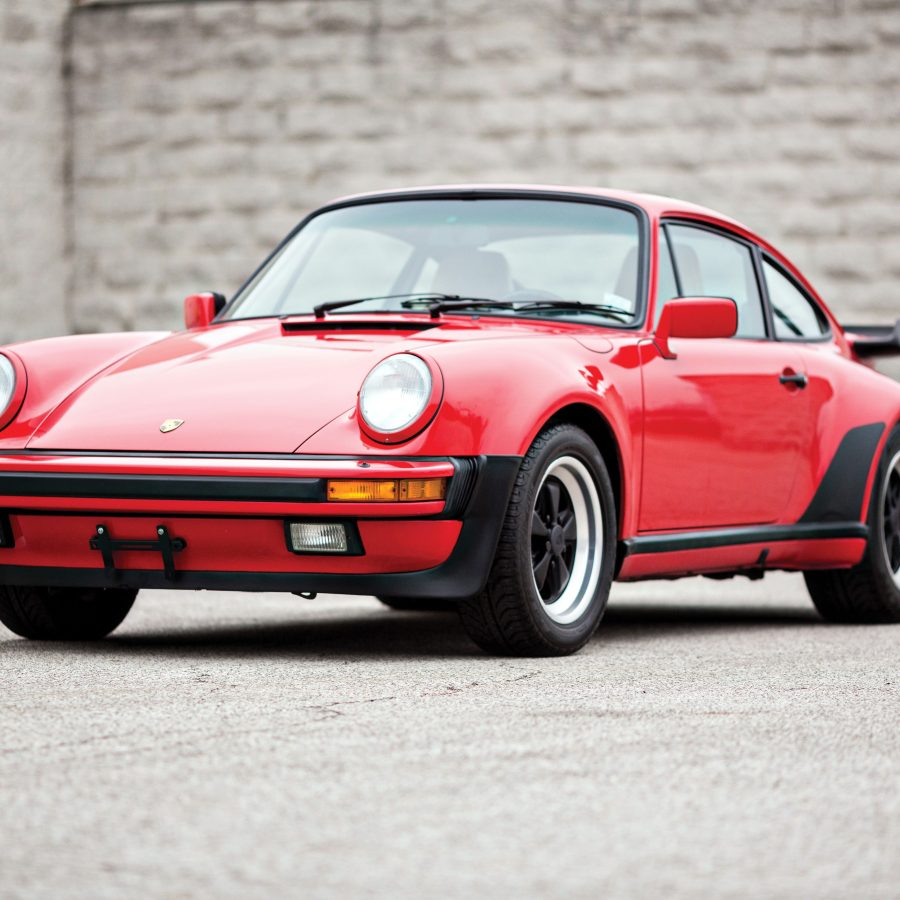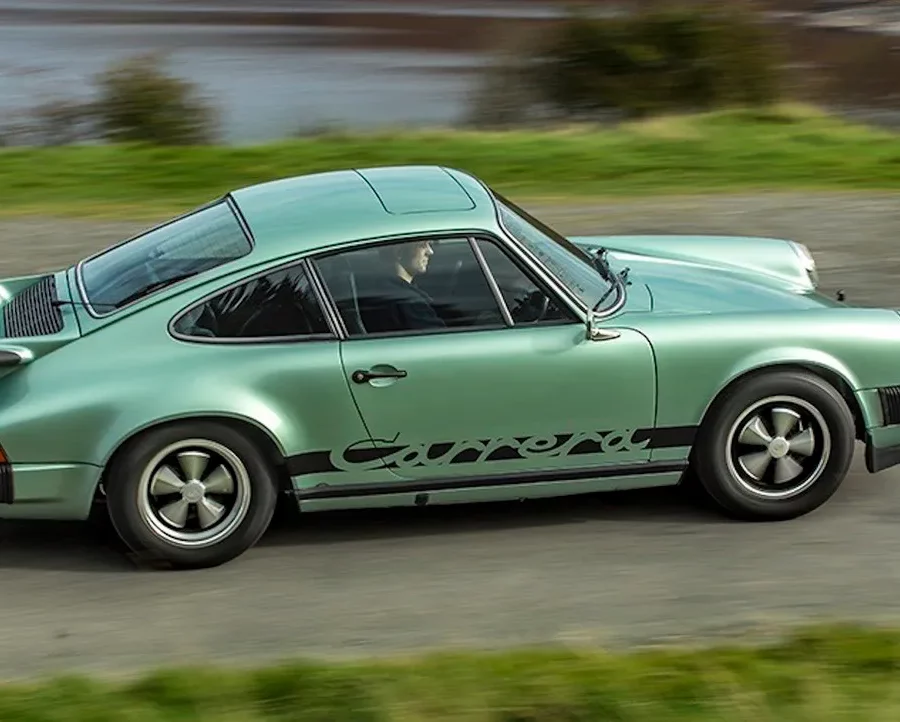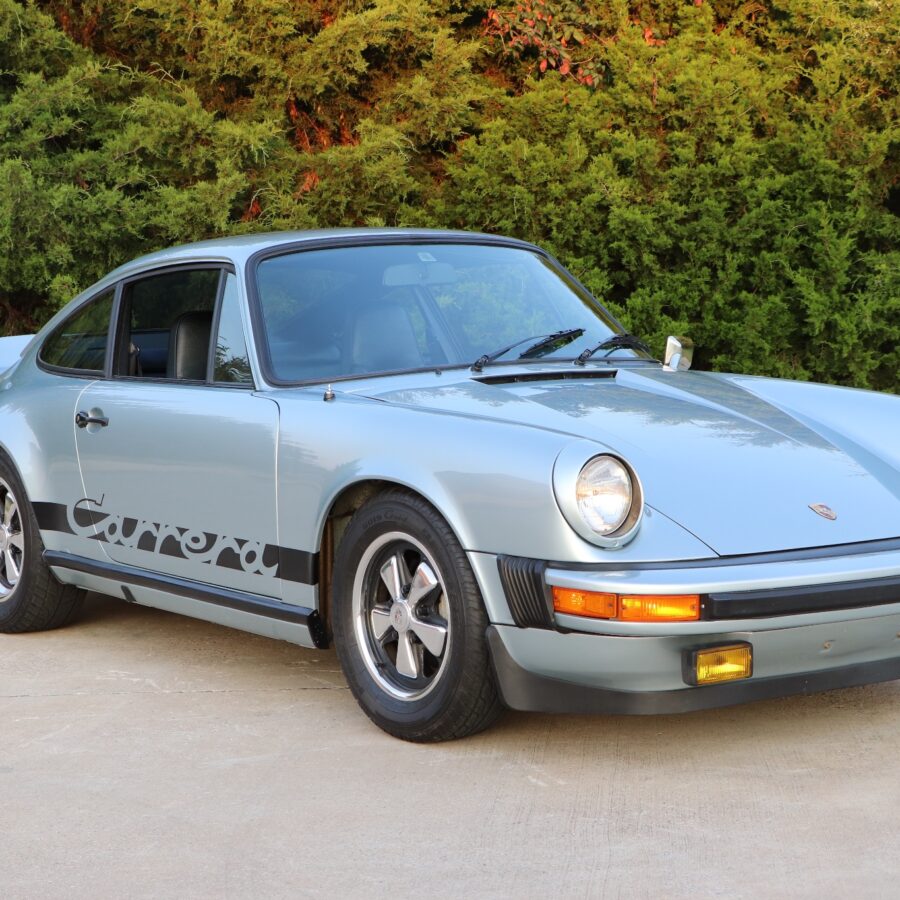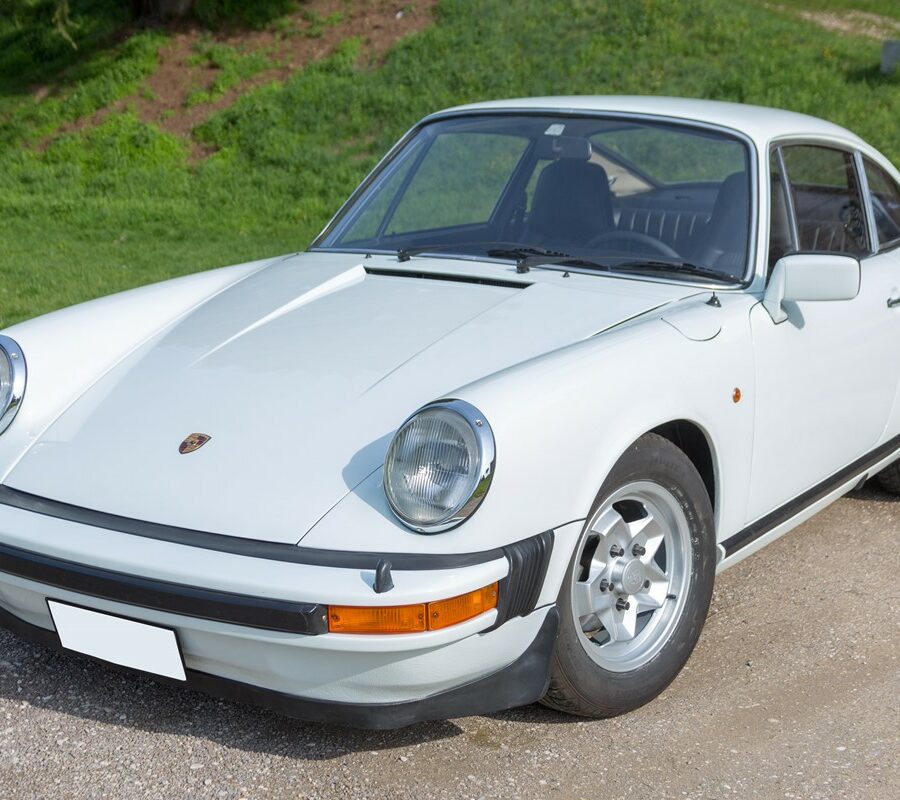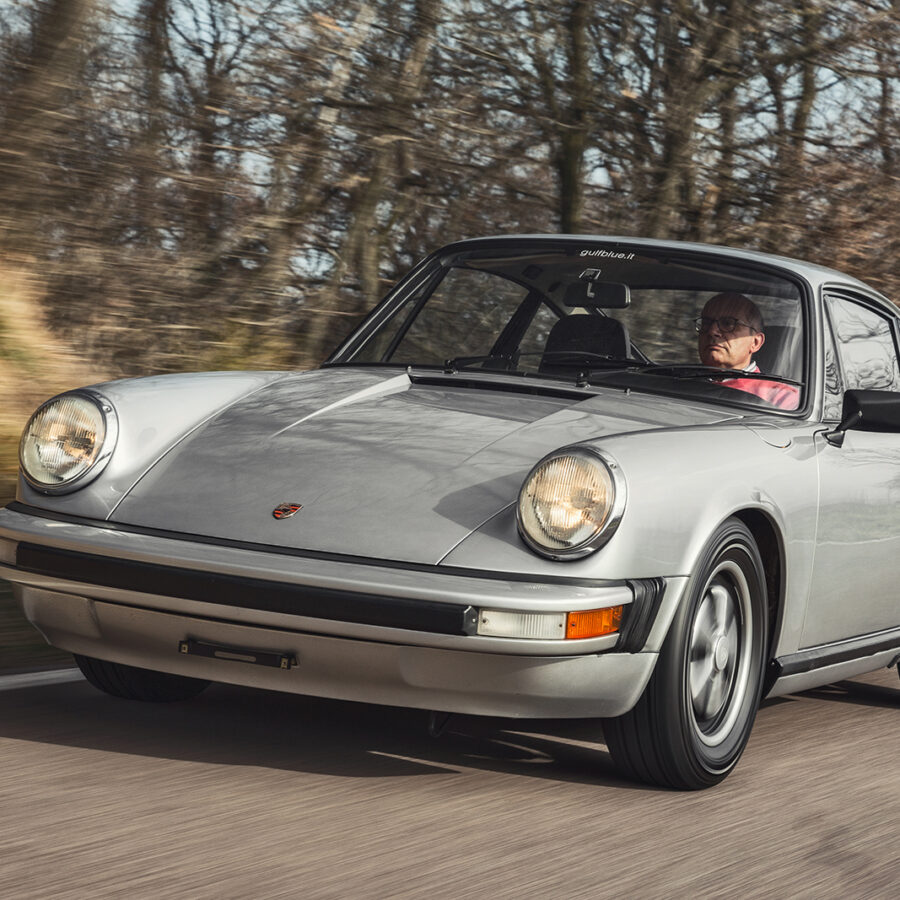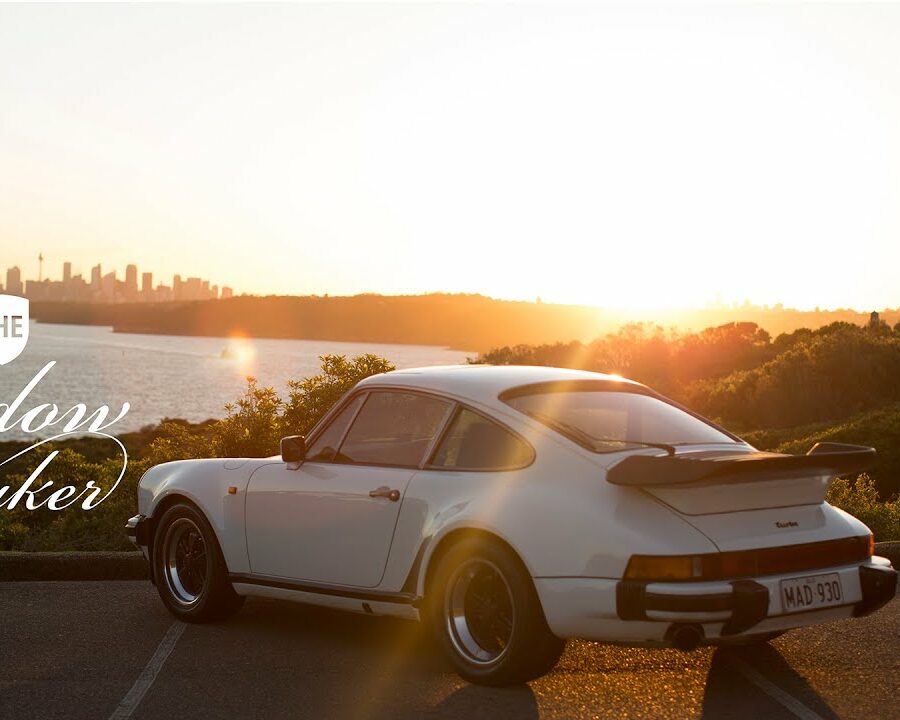Porsche 911 Turbo 3.3 (930) (1978 – 1989)
Porsche made its first and most significant upgrades to the 930 for 1978
Porsche 911 Turbo 3.0 (930) (1975 – 1977)
Inspired a generation of car enthusiasts and became the undisputed flagship of the Porsche line up.
Porsche 911 Carrera 3.2 (1984 – 1989)
The replacement for the SC came in 1984 as the 911 3.2 Carrera, reviving the Carrera name for the first time since 1977
Porsche 911 SC (1978 – 1983)
Replaced the 911 S and was one of Porsche's first models that was meant for the international market
Porsche 911 Carrera 3.0 (1976 – 1977)
The Carrera 3.0 engine is essentially the 911 Turbo 2993 cc engine – just without the turbocharger.
Porsche 911 Carrera 25th Anniversary Edition (1989)
Porsche built just 300 coupe and 200 cabriolet special editions
Porsche 911 (G-Series) – The Story
The Second Generation 911
Porsche 911 G-Series (MY1974 – 1989) – Sales Brochures
Sales Catalogs for the G-Series Porsche 911
Porsche 911 G-Series (MY1974 – 1989) – Part Catalog
Spare Parts Catalog (Porsche PET) for the G Series Porsche 911
Porsche 911 3.2 Speedster (1989)
The Last Air Cooled 911 To Get RS Initials
Porsche 911 (MY 1989) – Equipment & Options Codes
Full list of Equipment & Option Codes Decoder for the 1989 Porsche 911
Porsche 911 (MY 1988) – Equipment & Options Codes
Full list of Equipment & Option Codes Decoder for the 1988 Porsche 911
Porsche 911 (MY 1987) – Equipment & Options Codes
Full list of Equipment & Option Codes Decoder for the 1987 Porsche 911
Porsche 911 (MY 1986) – Equipment & Options Codes
Full list of Equipment & Option Codes Decoder for the 1986 Porsche 911
Porsche 911 (MY 1985) – Equipment & Options Codes
Full list of Equipment & Option Codes Decoder for the 1985 Porsche 911
Porsche 911 (MY 1984) – Equipment & Options Codes
Full list of Equipment & Option Codes Decoder for the 1984 Porsche 911
Porsche 911 (MY 1983) – Equipment & Options Codes
Full list of Equipment & Option Codes Decoder for the 1983 Porsche 911
Porsche 911 (MY 1980) – Equipment & Options Codes
Full list of Equipment & Option Codes Decoder for the 1980 Porsche 911
Porsche 911 (MY 1979) – Equipment & Options Codes
Full list of Equipment & Option Codes Decoder for the 1979 Porsche 911
Porsche 911 (MY 1978) – Equipment & Options Codes
Full list of Equipment & Option Codes Decoder for the 1978 Porsche 911
Porsche 911 (MY 1977) – Equipment & Options Codes
Full list of Equipment & Option Codes Decoder for the 1977 Porsche 911
Porsche 911 (MY 1976) – Equipment & Options Codes
Full list of Equipment & Option Codes Decoder for the 1976 Porsche 911
Porsche 911 (MY 1975) – Equipment & Options Codes
Full list of Equipment & Option Codes Decoder for the 1975 Porsche 911
Porsche 911 (MY 1974) – Equipment & Options Codes
Full list of Equipment & Option Codes Decoder for the 1974 Porsche 911
Porsche 911 (MY 1982) – Equipment & Options Codes
Equipment Codes & Option Decoder
Porsche 911 (MY 1981) – Equipment & Options Codes
Equipment Codes & Option Decoder
Porsche 911 Turbo LE (930) (1989)
A special, limited-edition 'LE' batch of 50 Turbos were made before the new 964 911 was launched
Porsche 911 Carrera 2.7 MFI (1974 – 1976)
A high performance fuel injected Carrera specifically for the European market.
Porsche 911 Carrera 2.7 (1974 – 1975)
The North American Top-911 Model for 1974 Was Down On Power Vs the Rest of the World Versions
Porsche 911 S 2.7 (1974 – 1977)
New impact bumpers and larger 2,687 cc engine. The "S" was the middle variant in the lineup
Porsche 911 2.7 (1974 – 1977)
The mid-point in the Porsche 911 lineup


